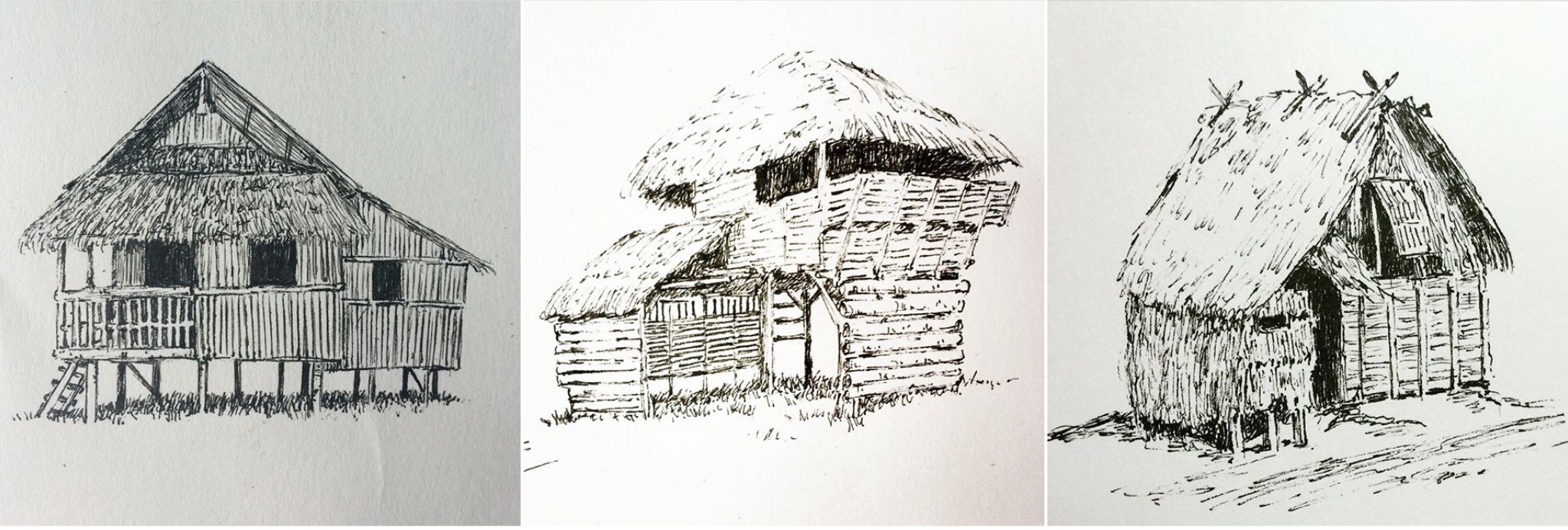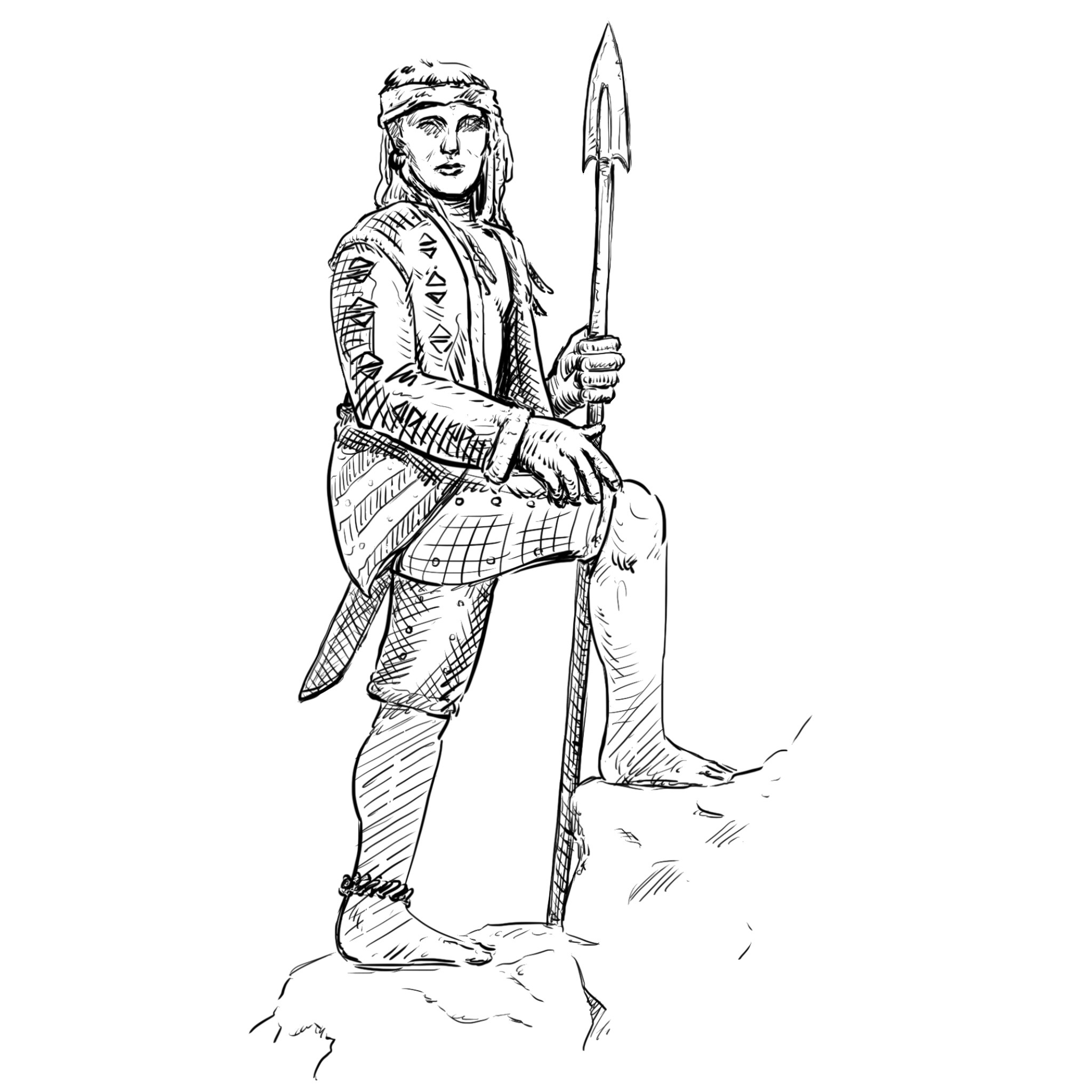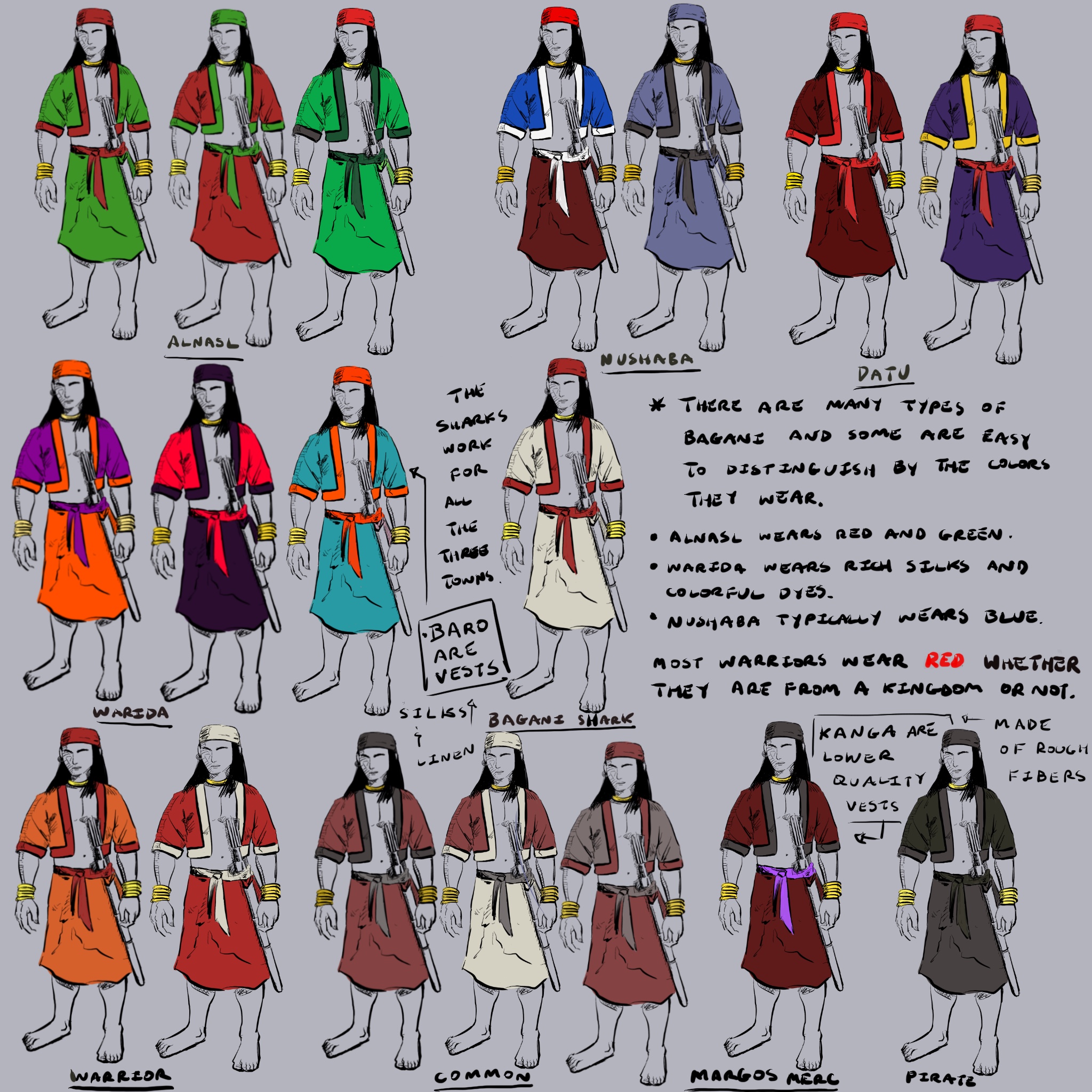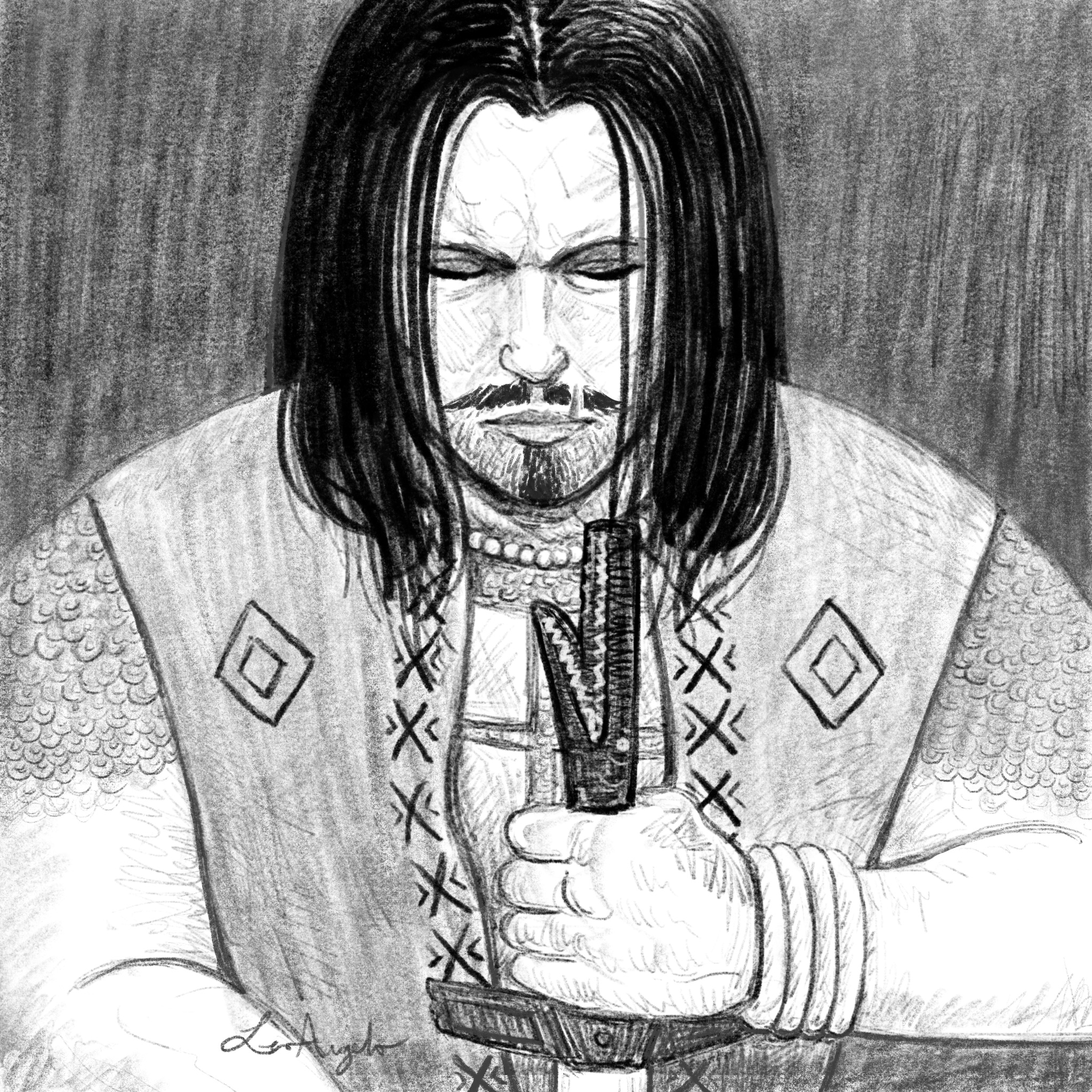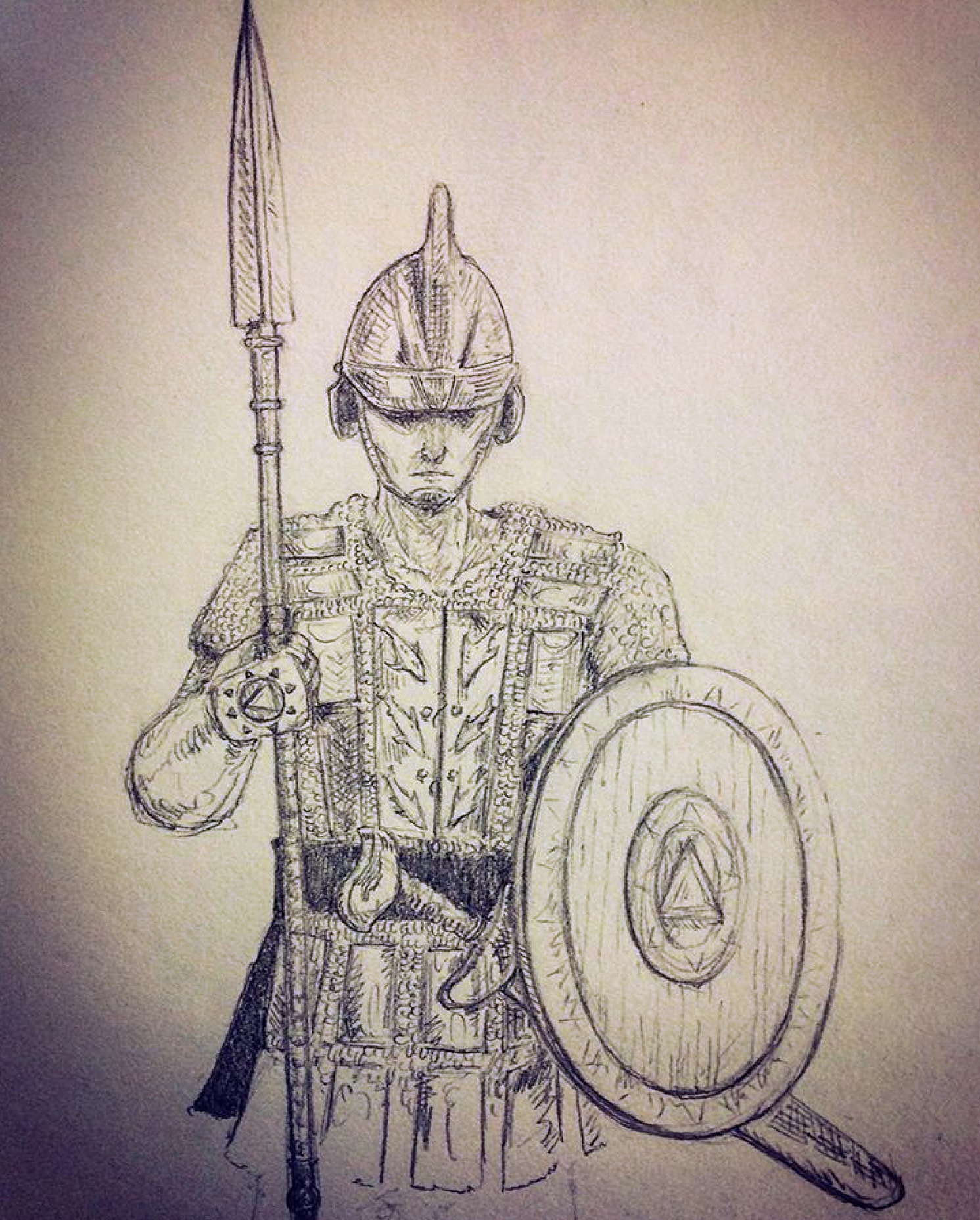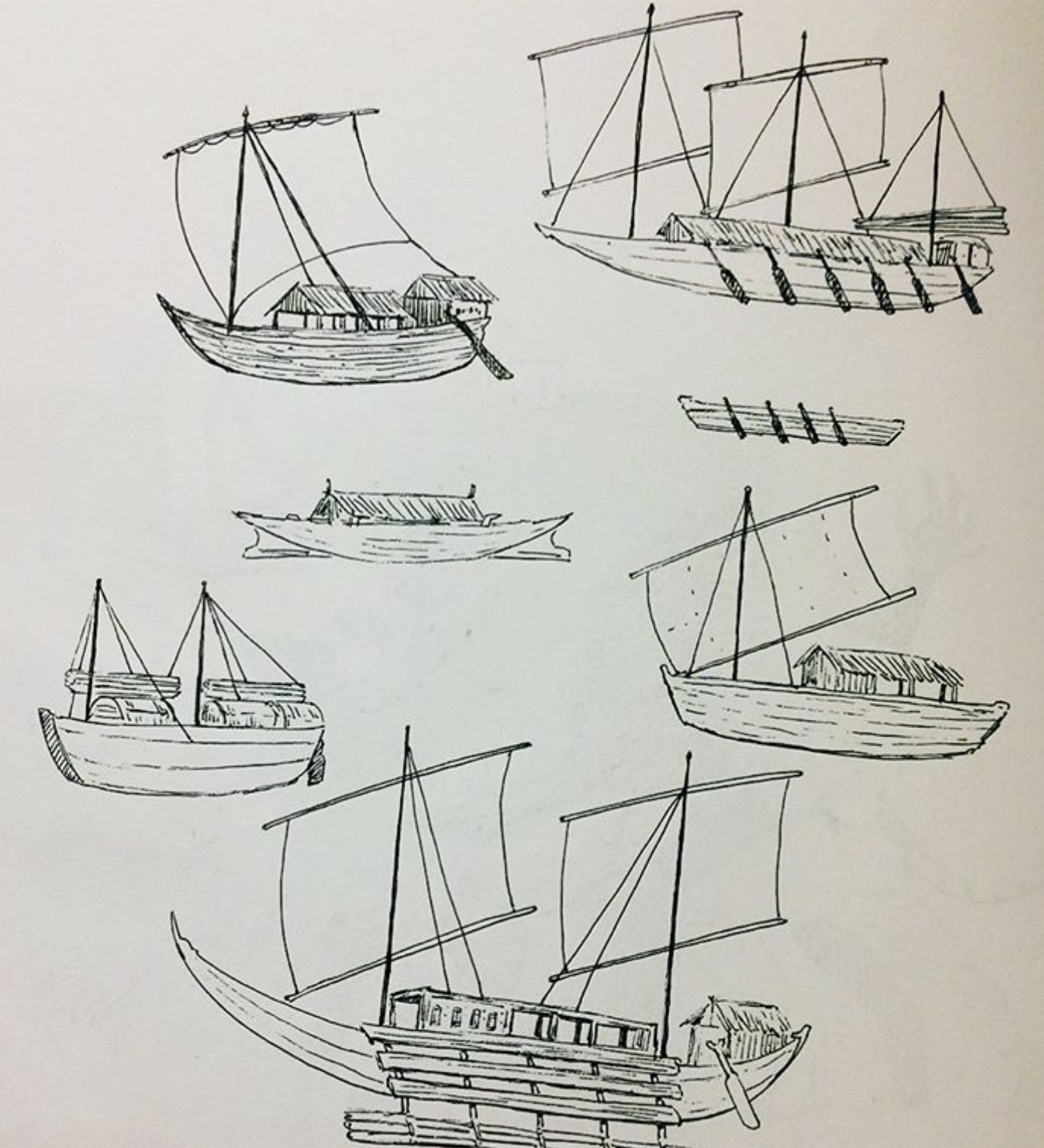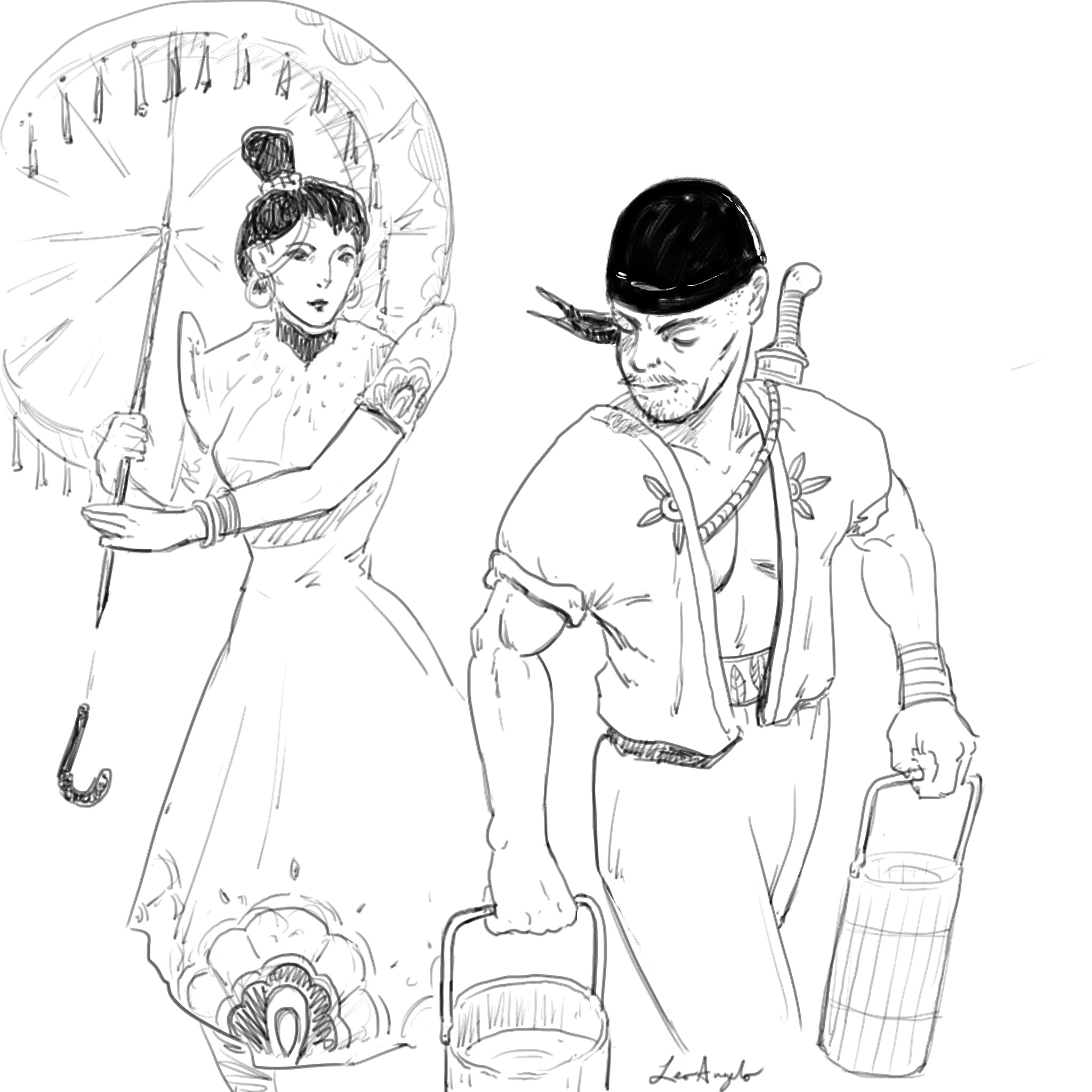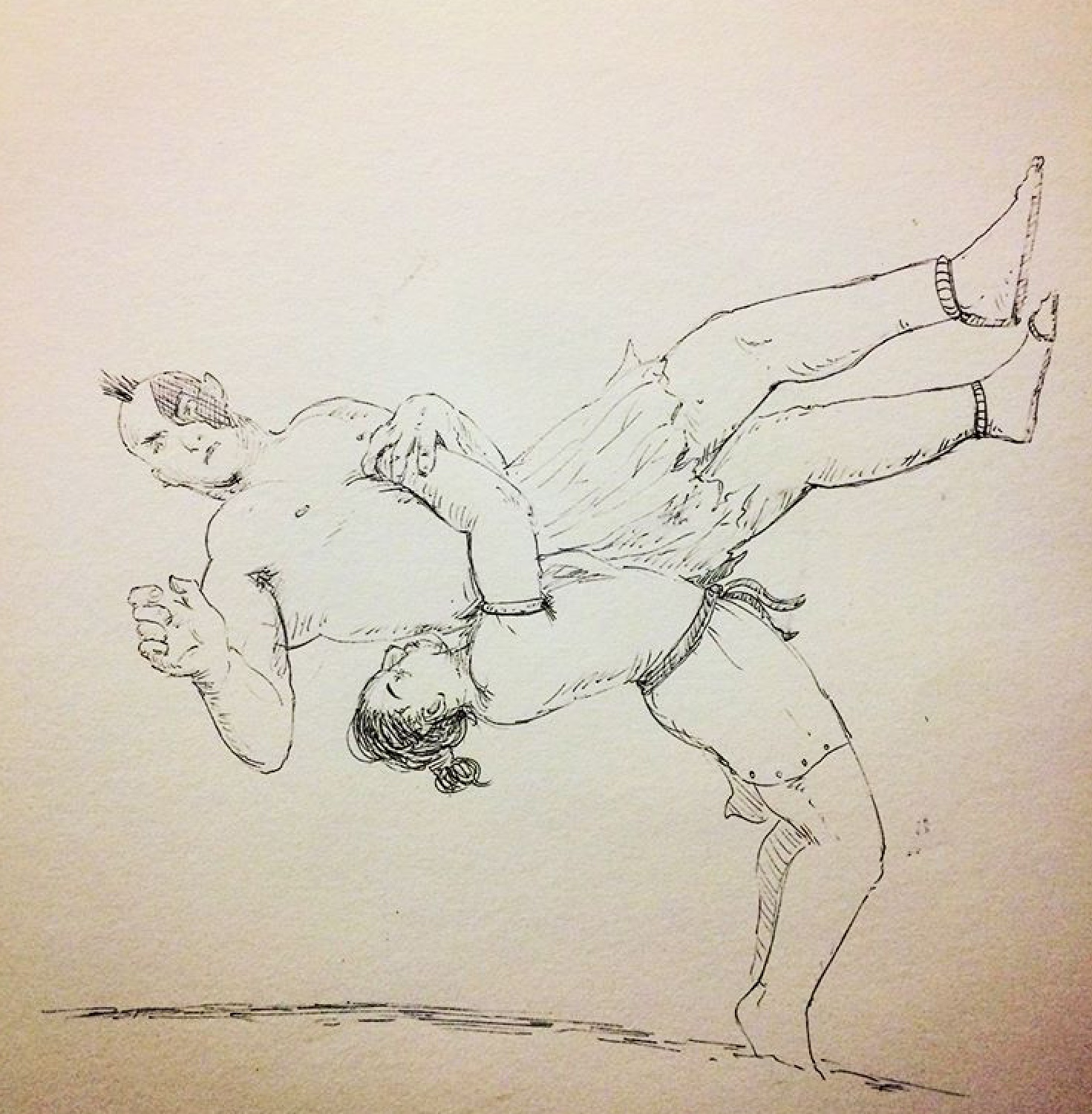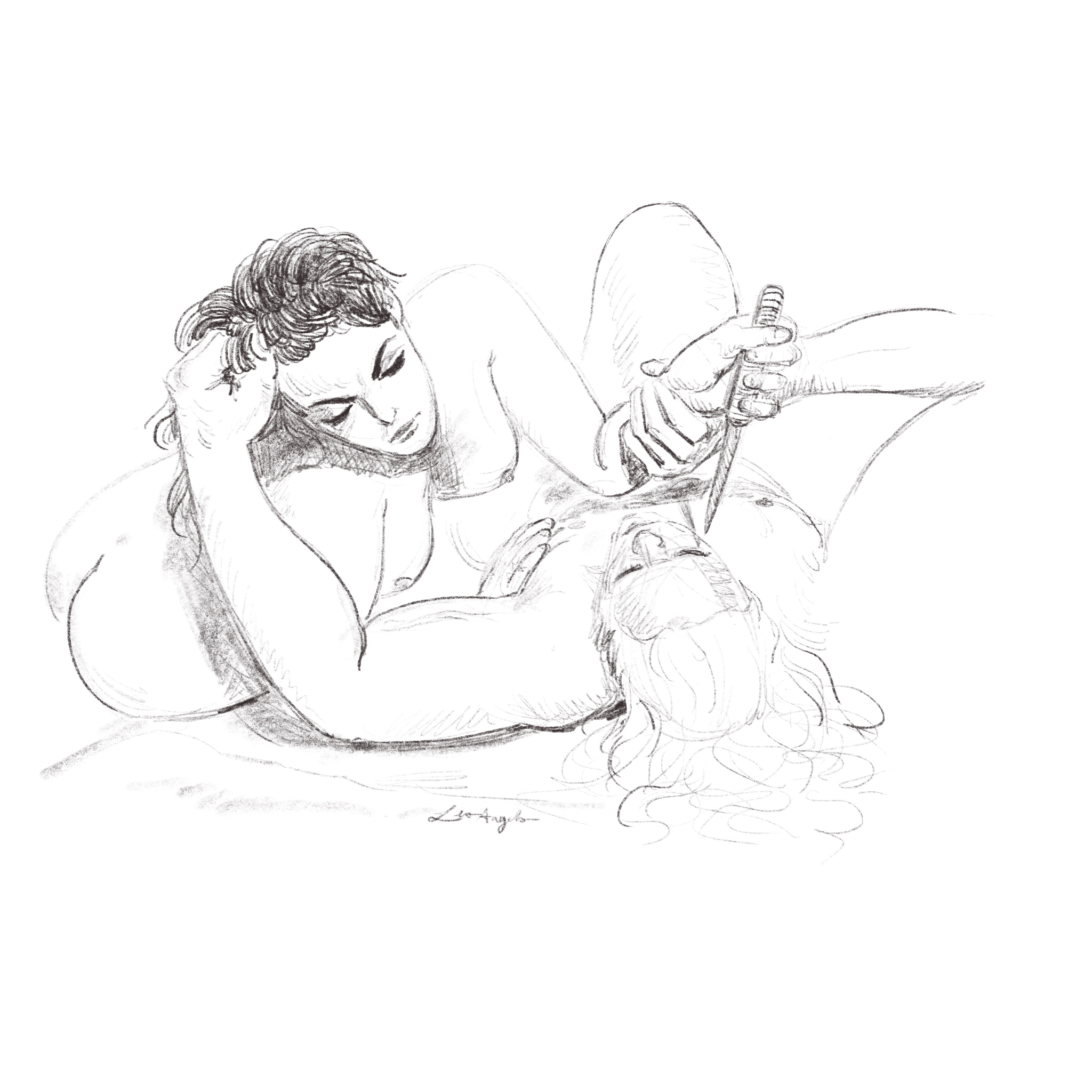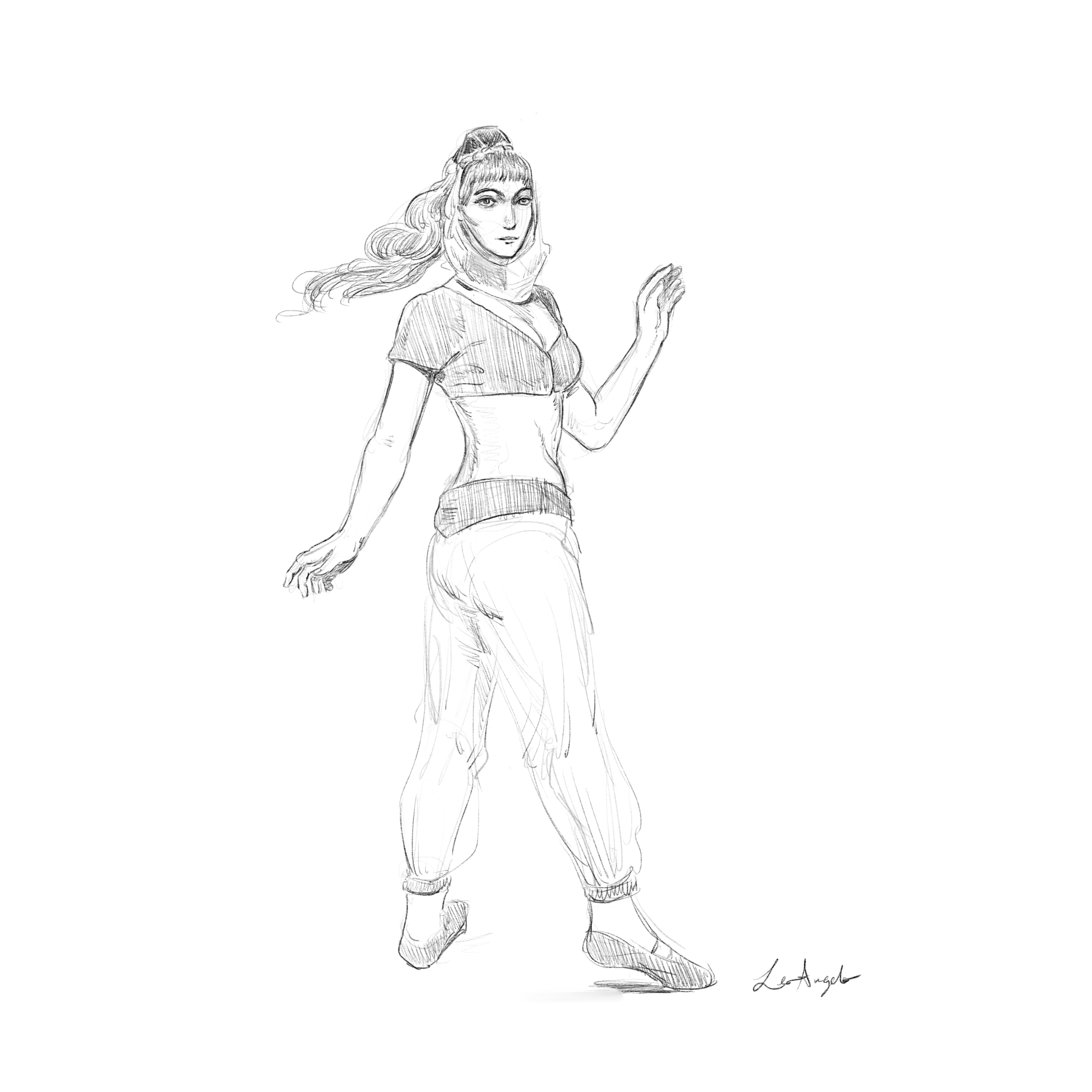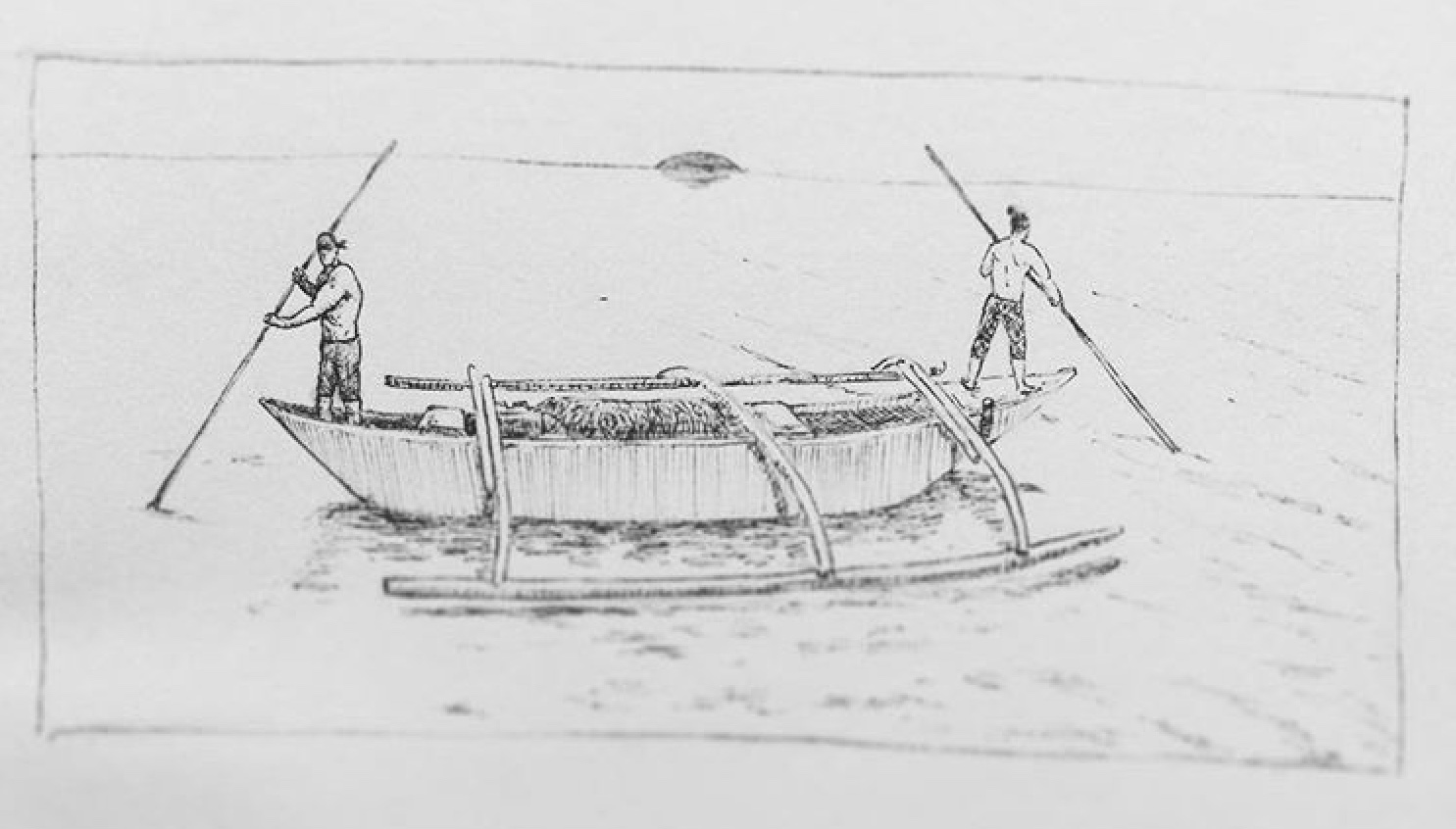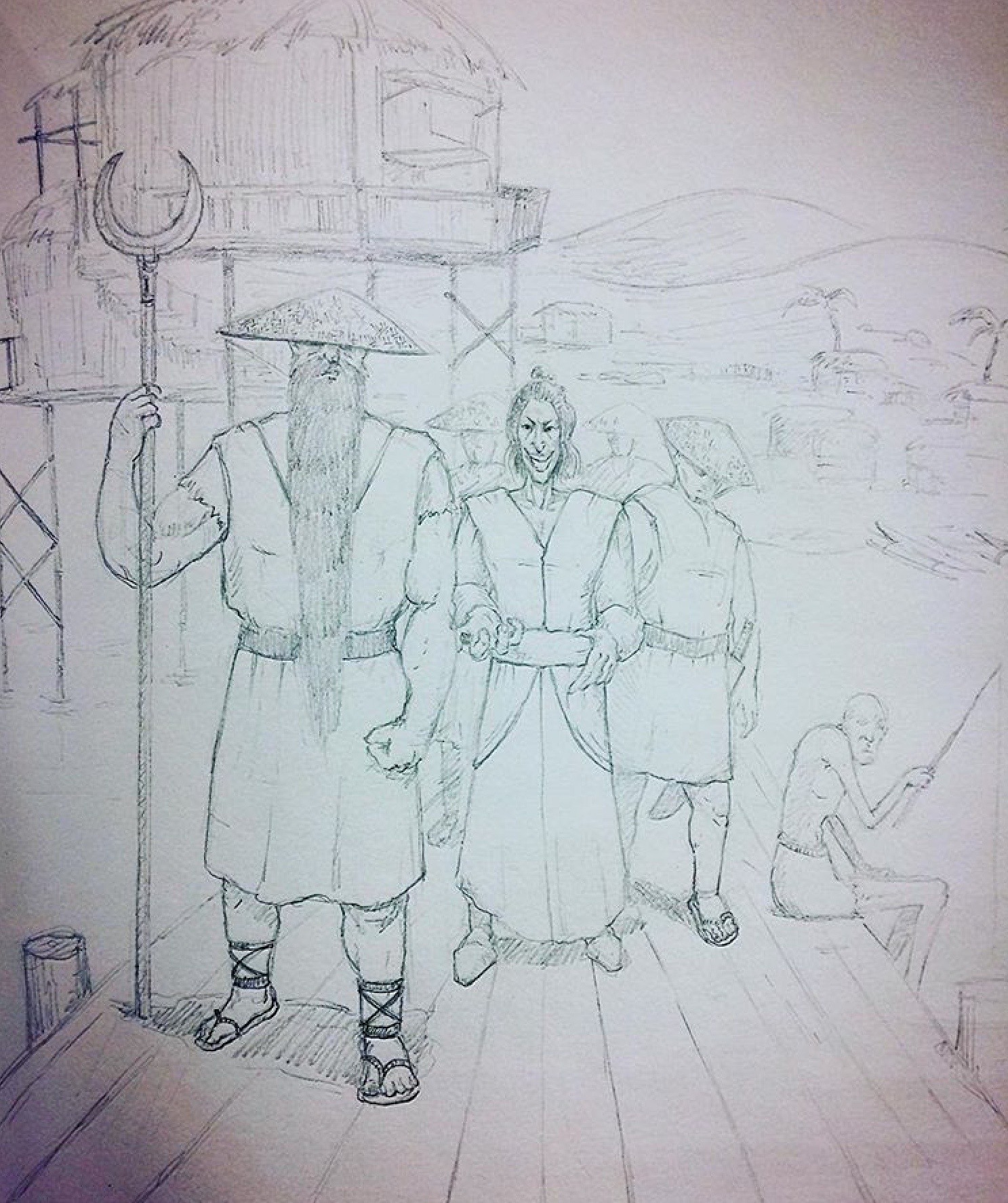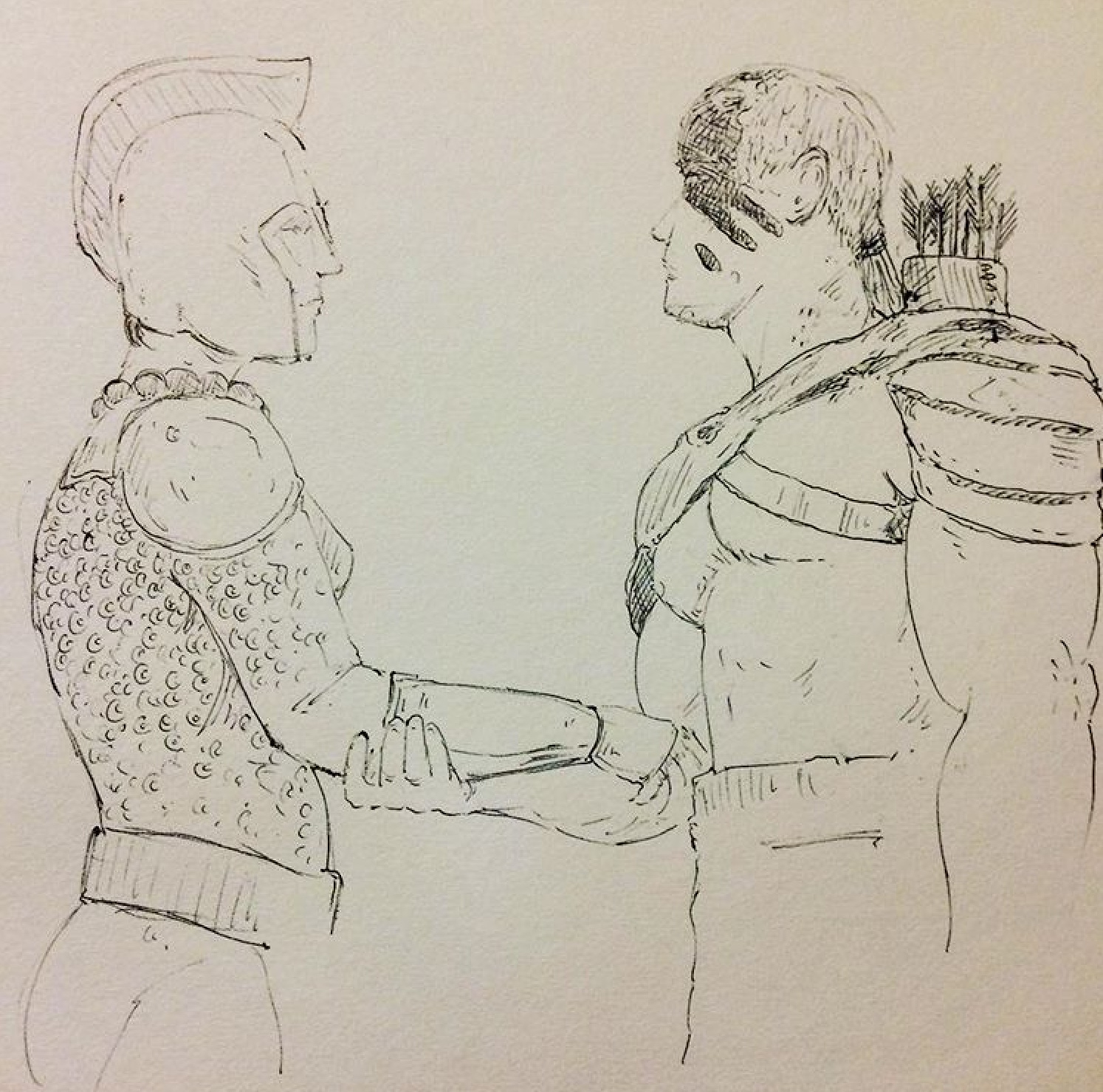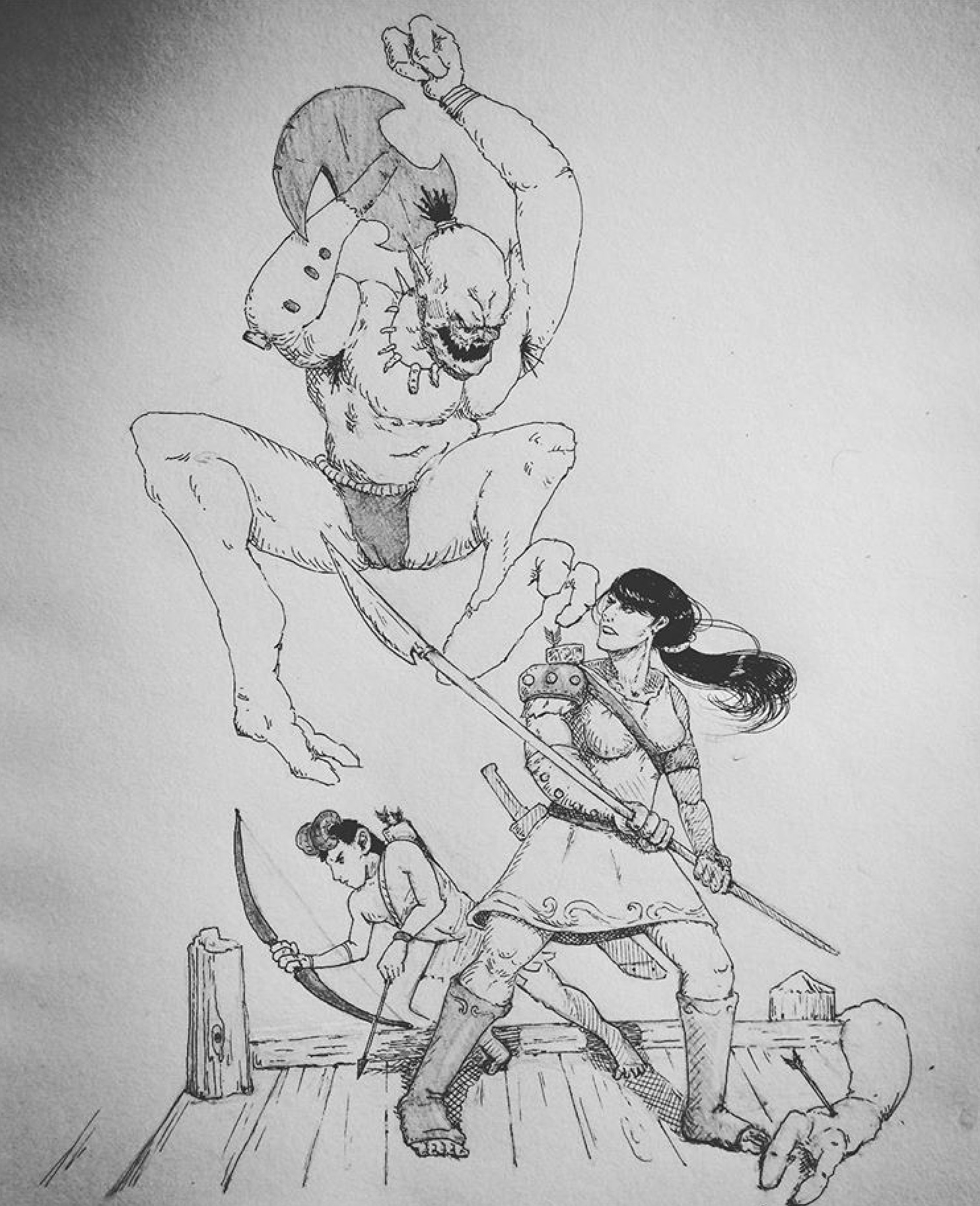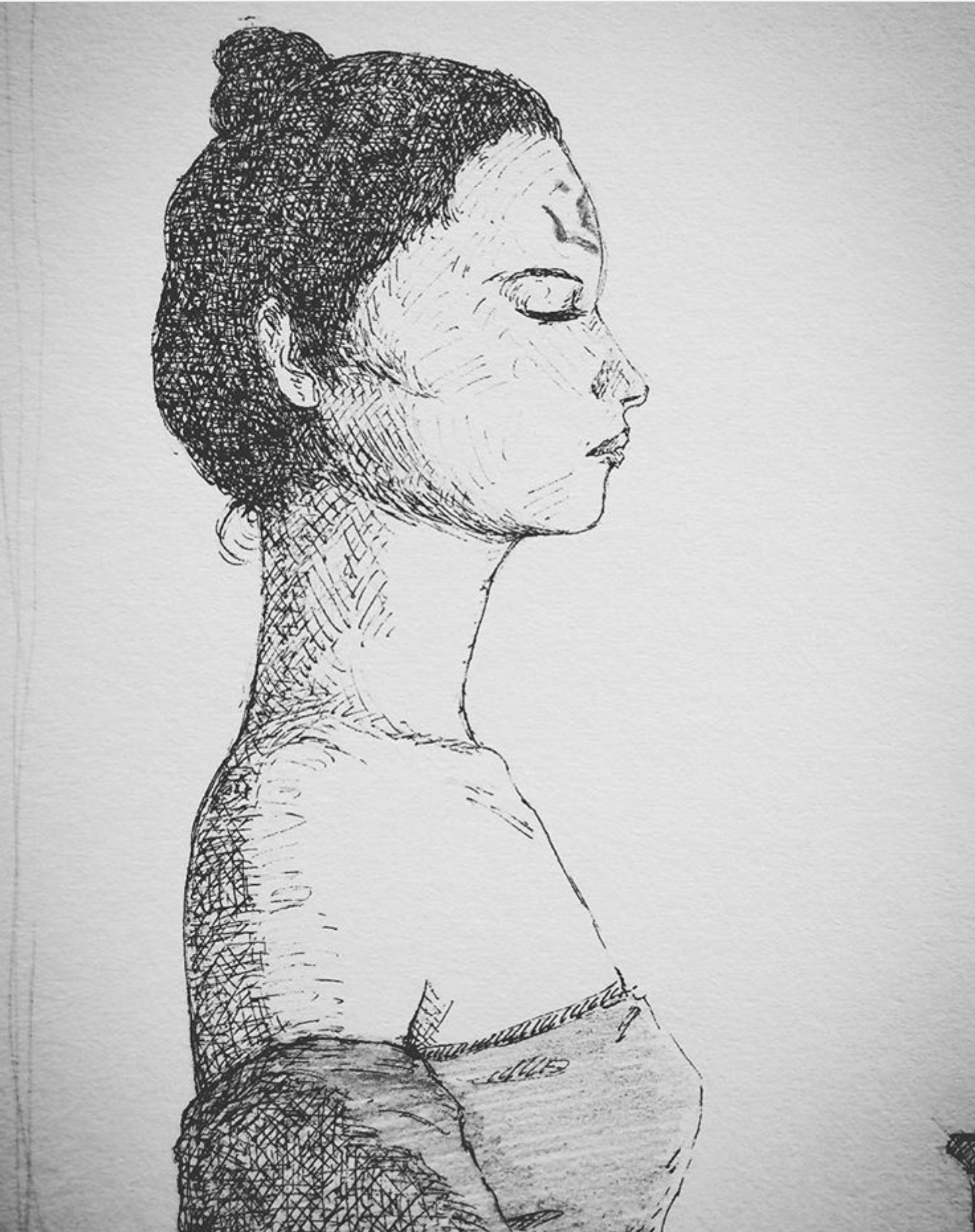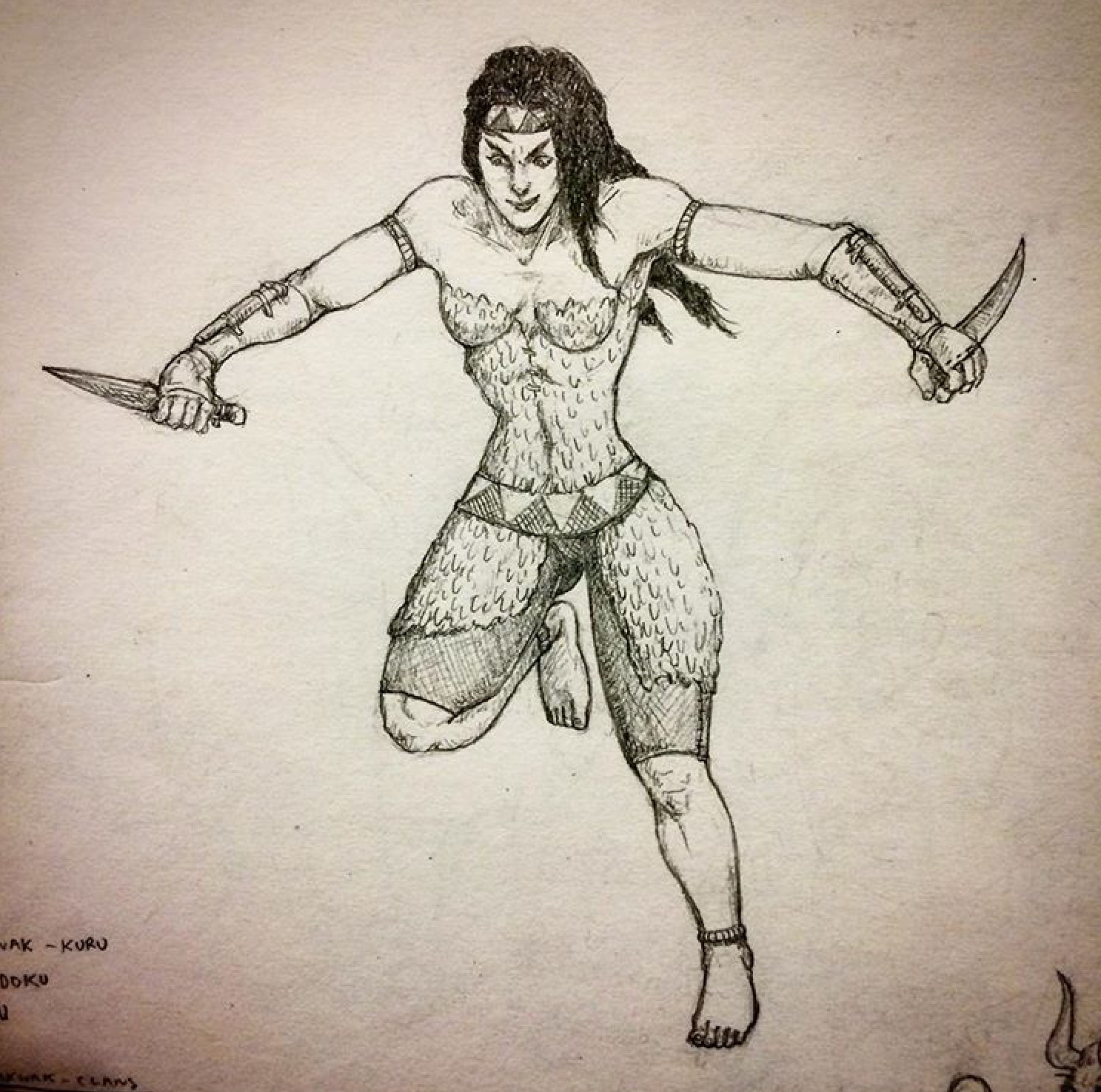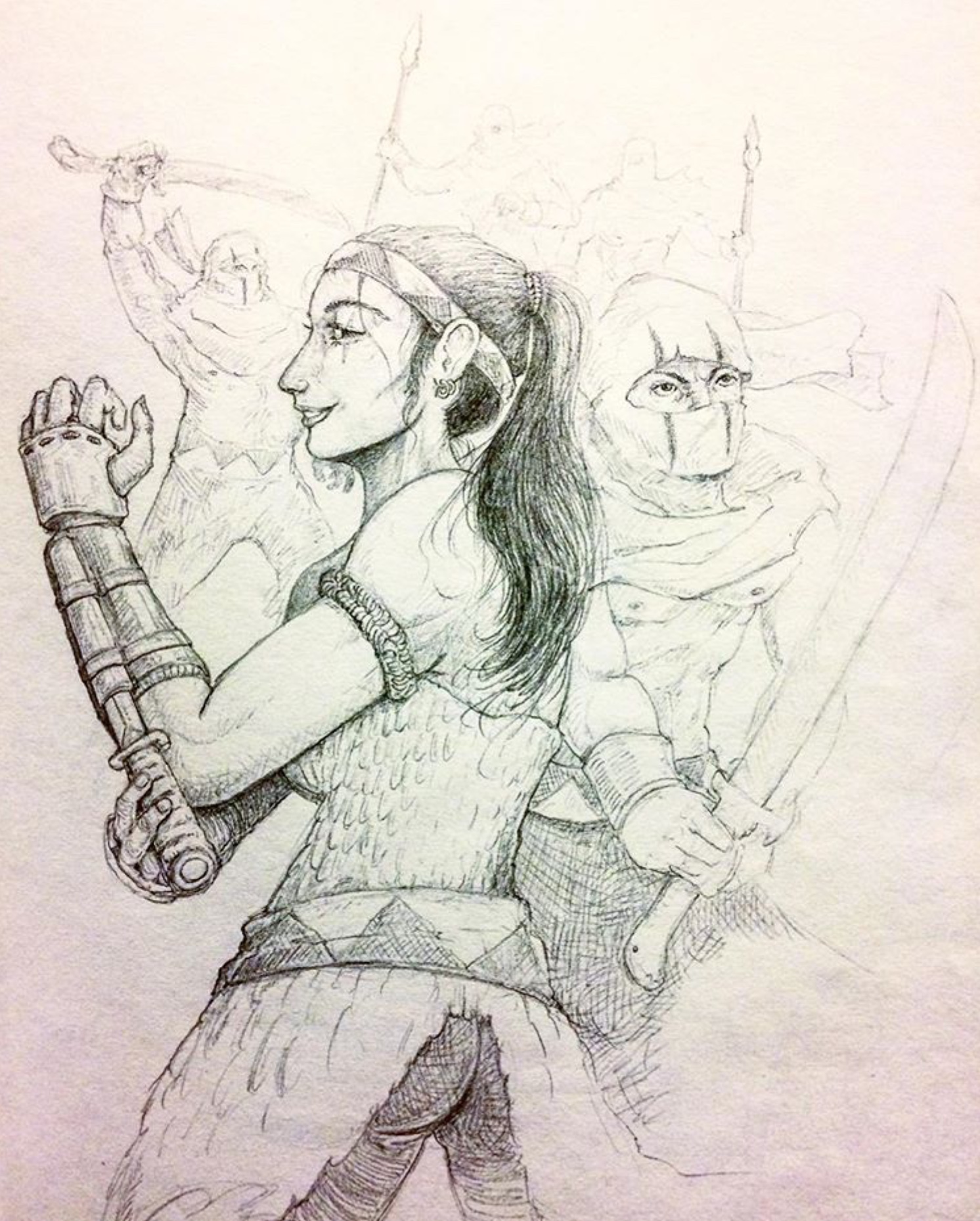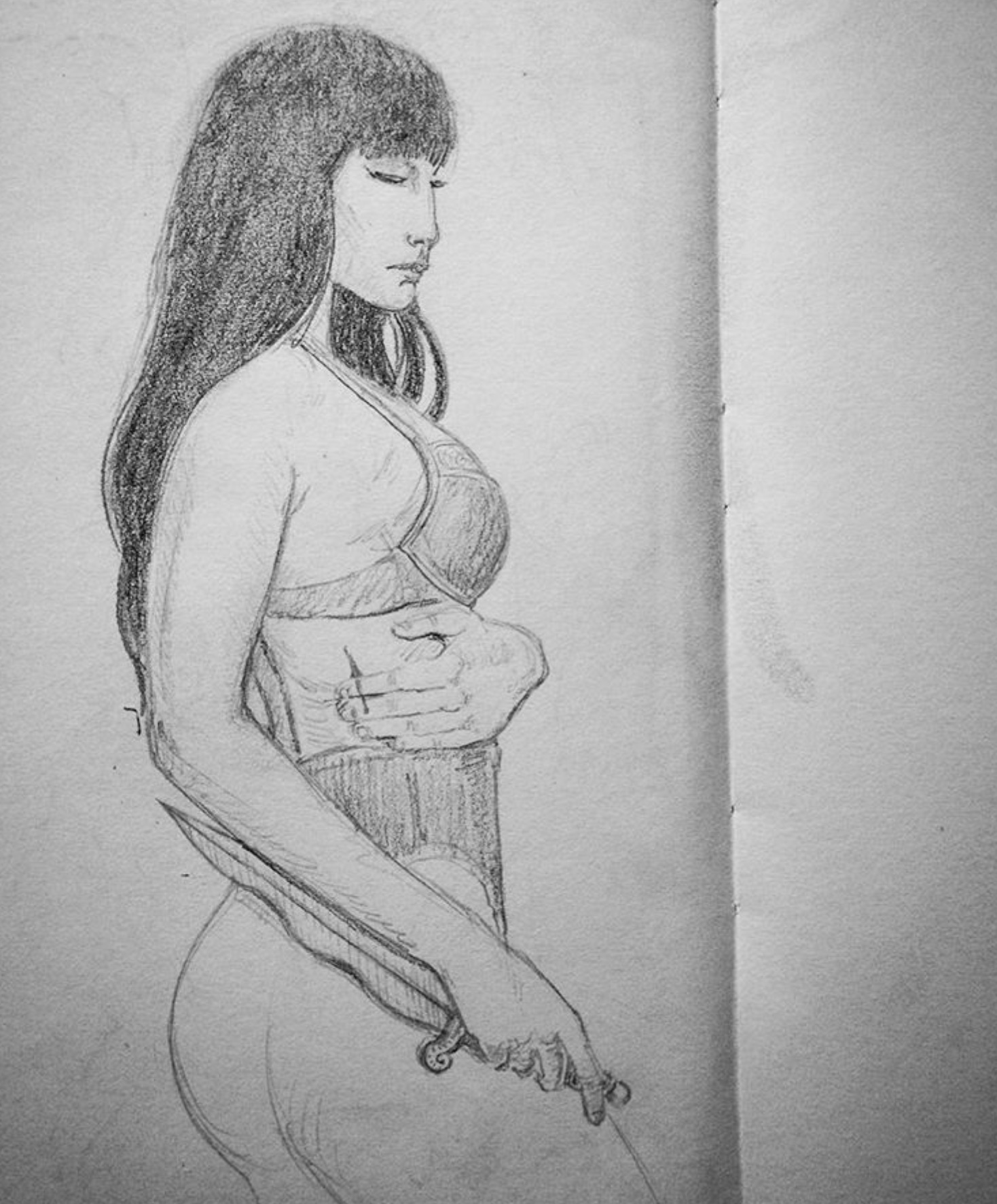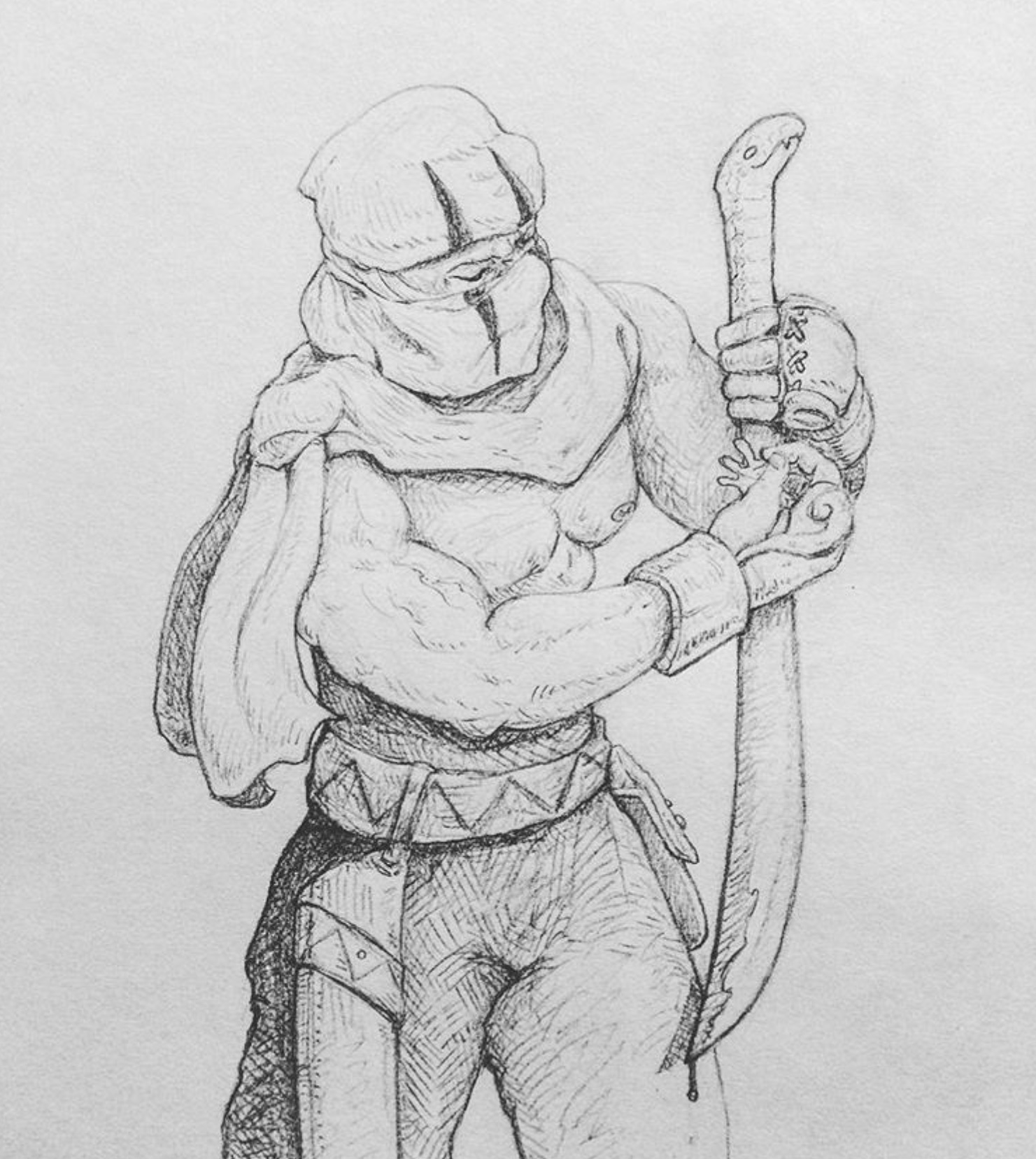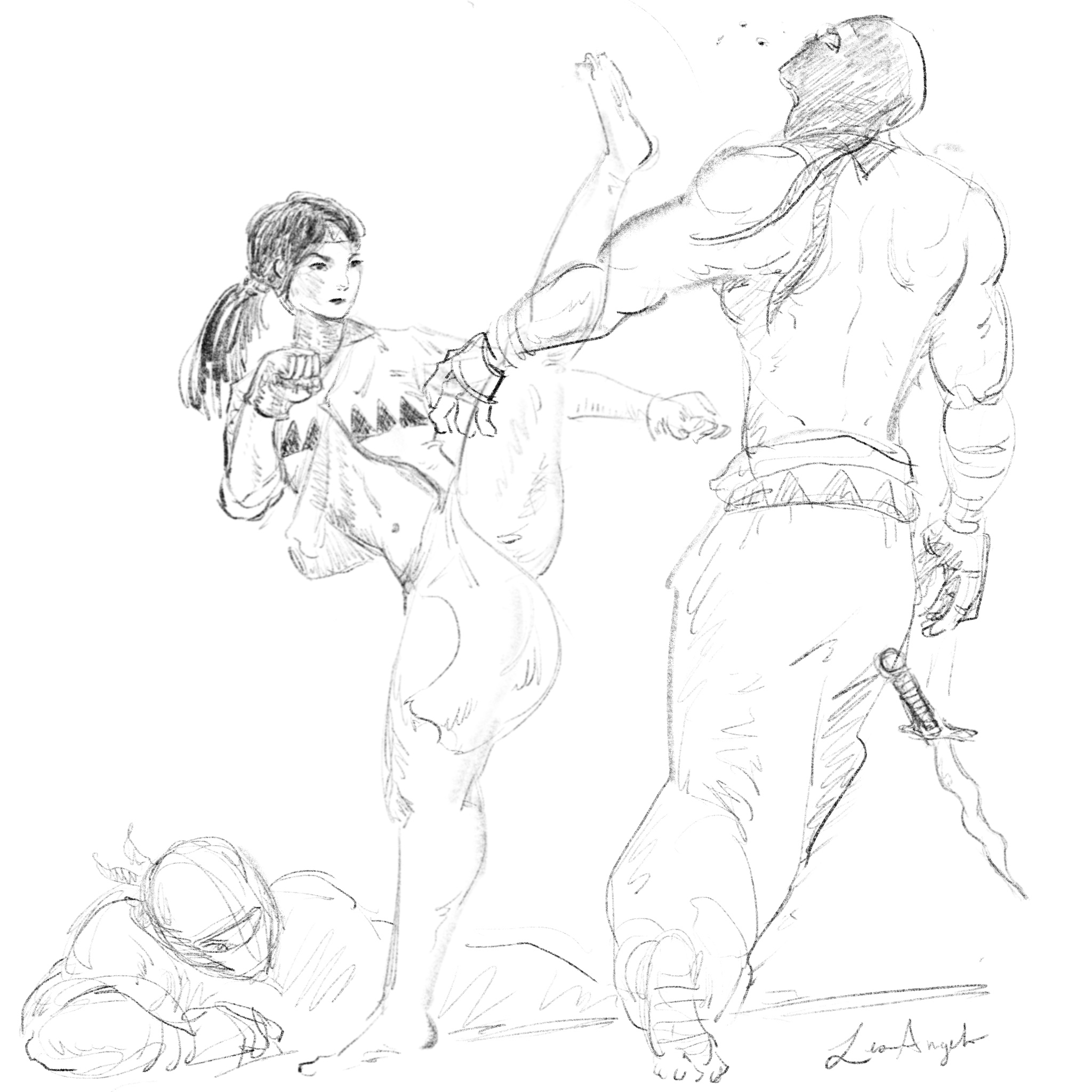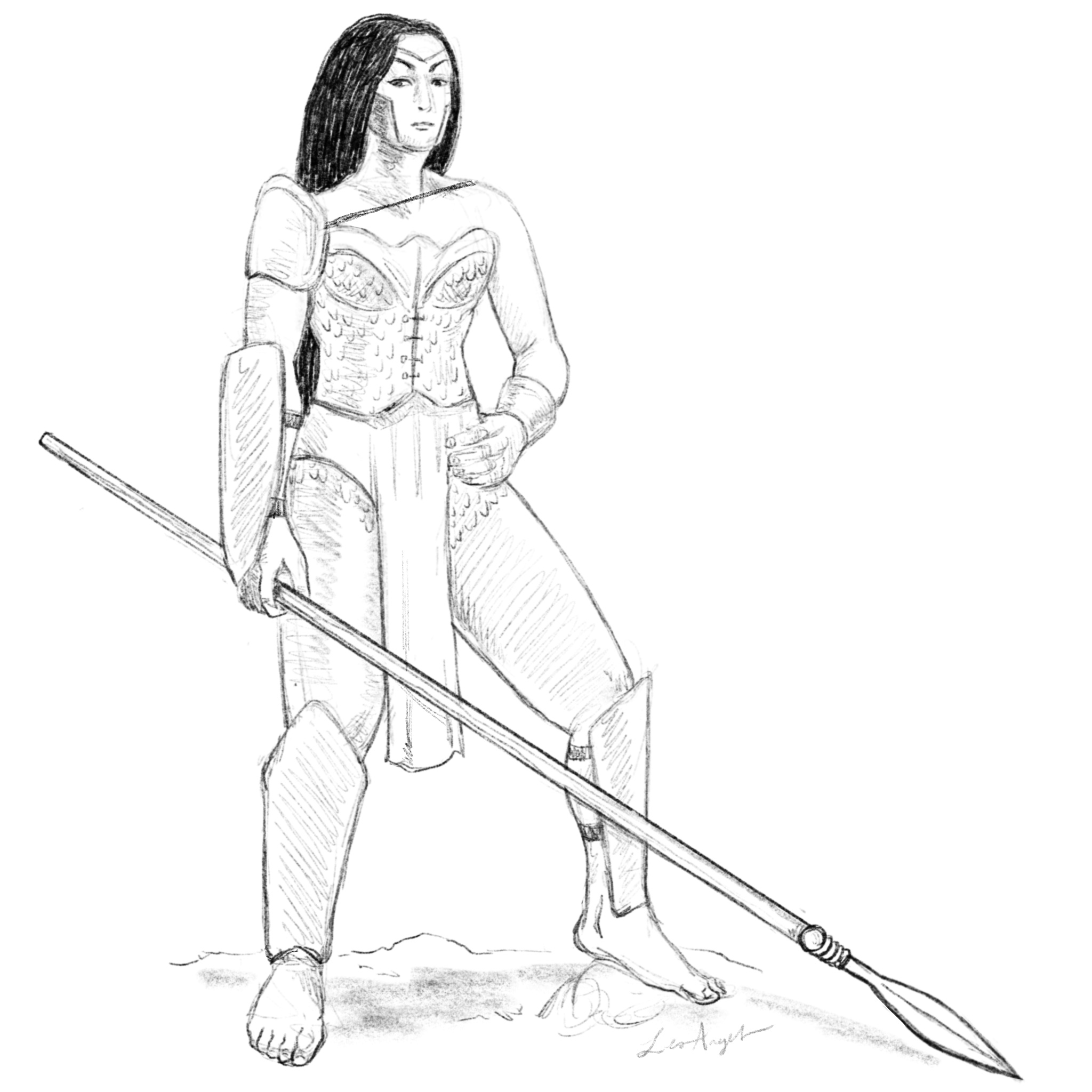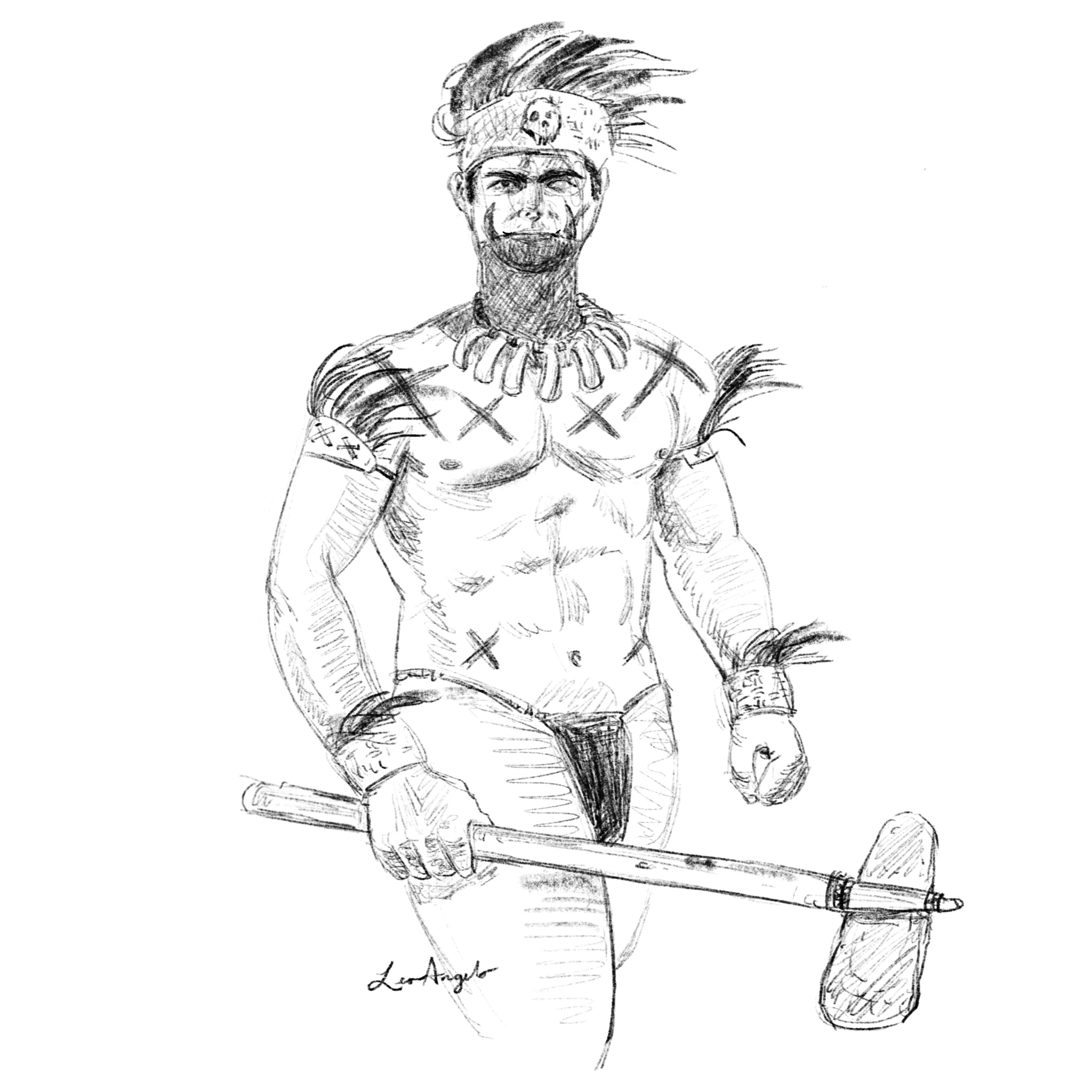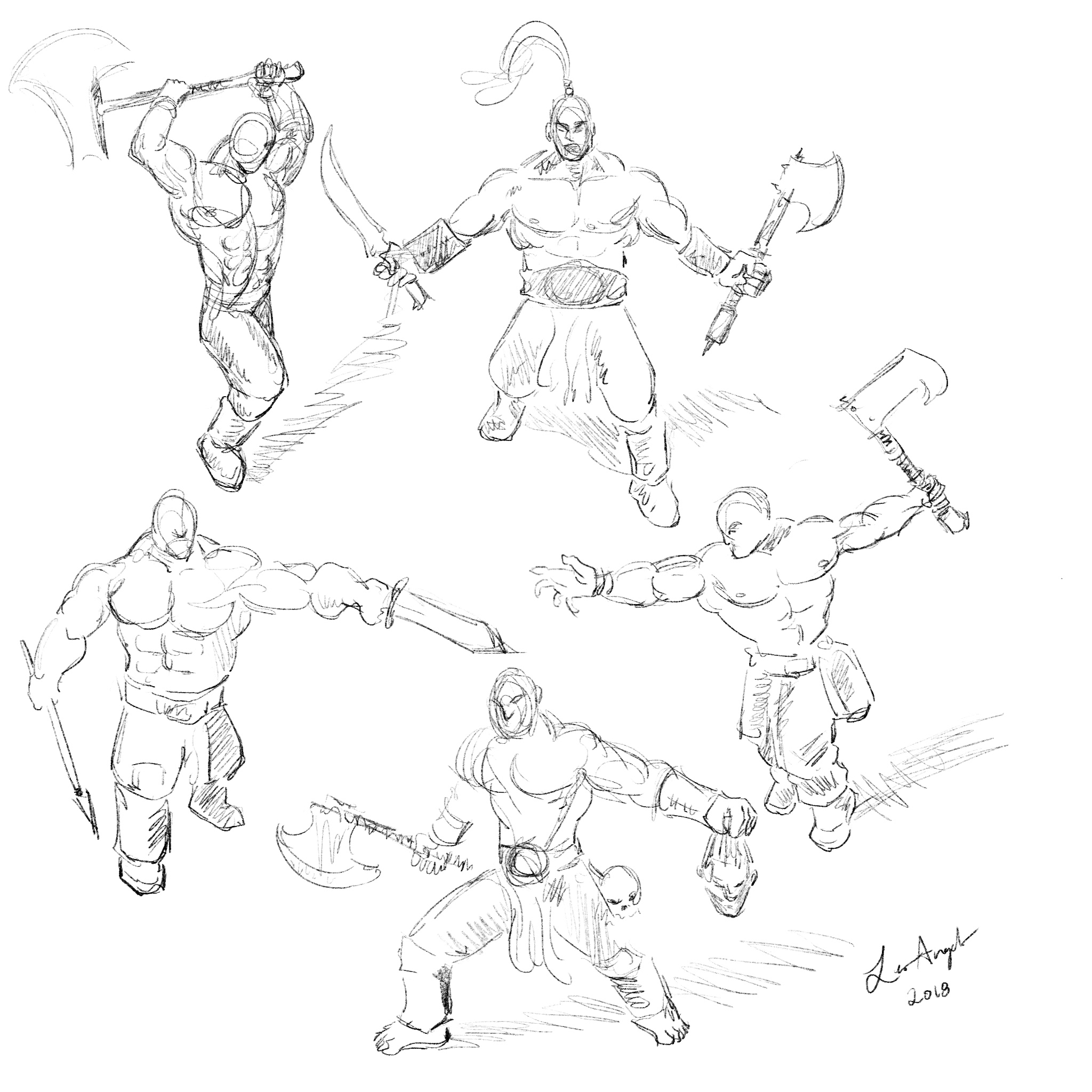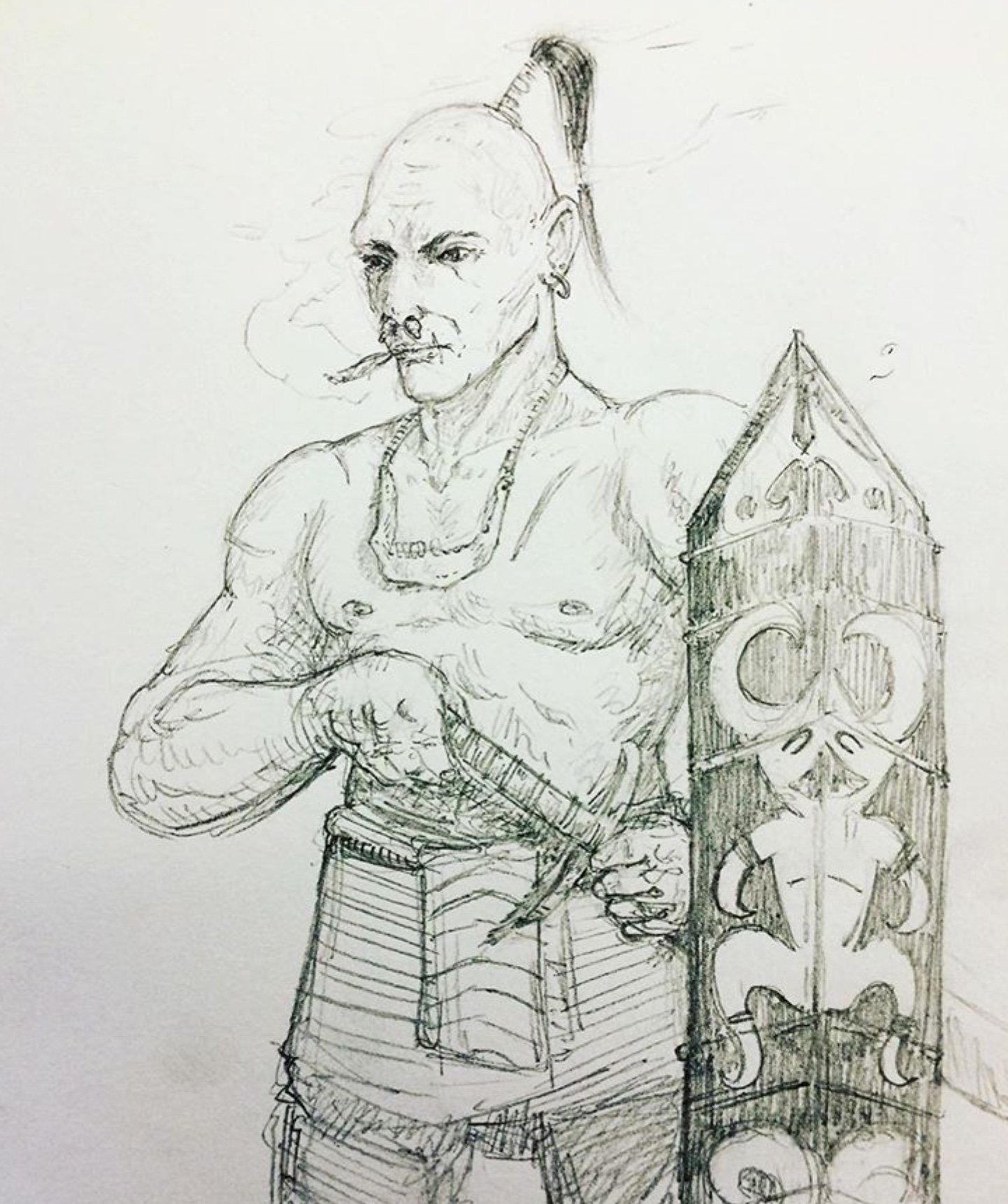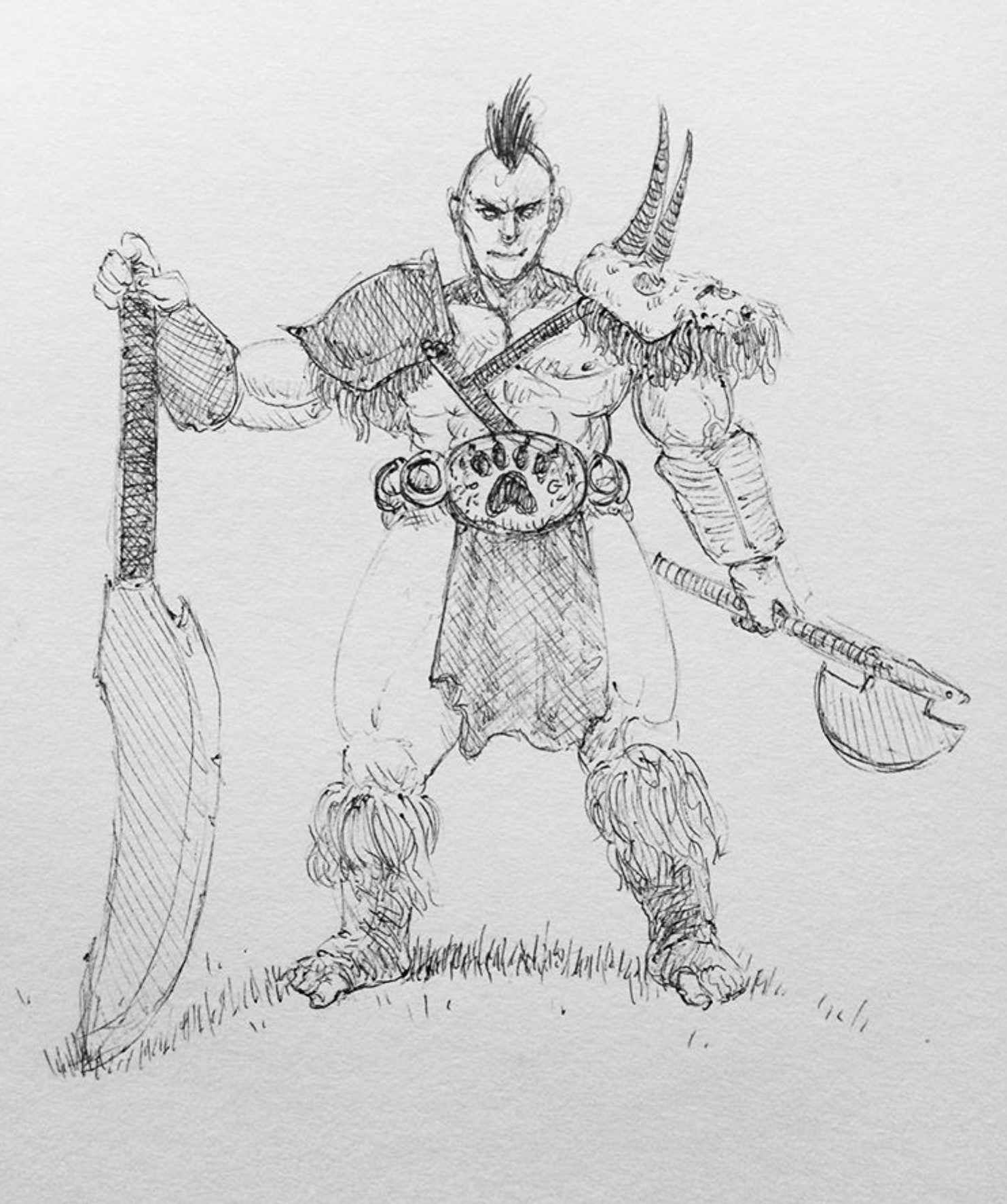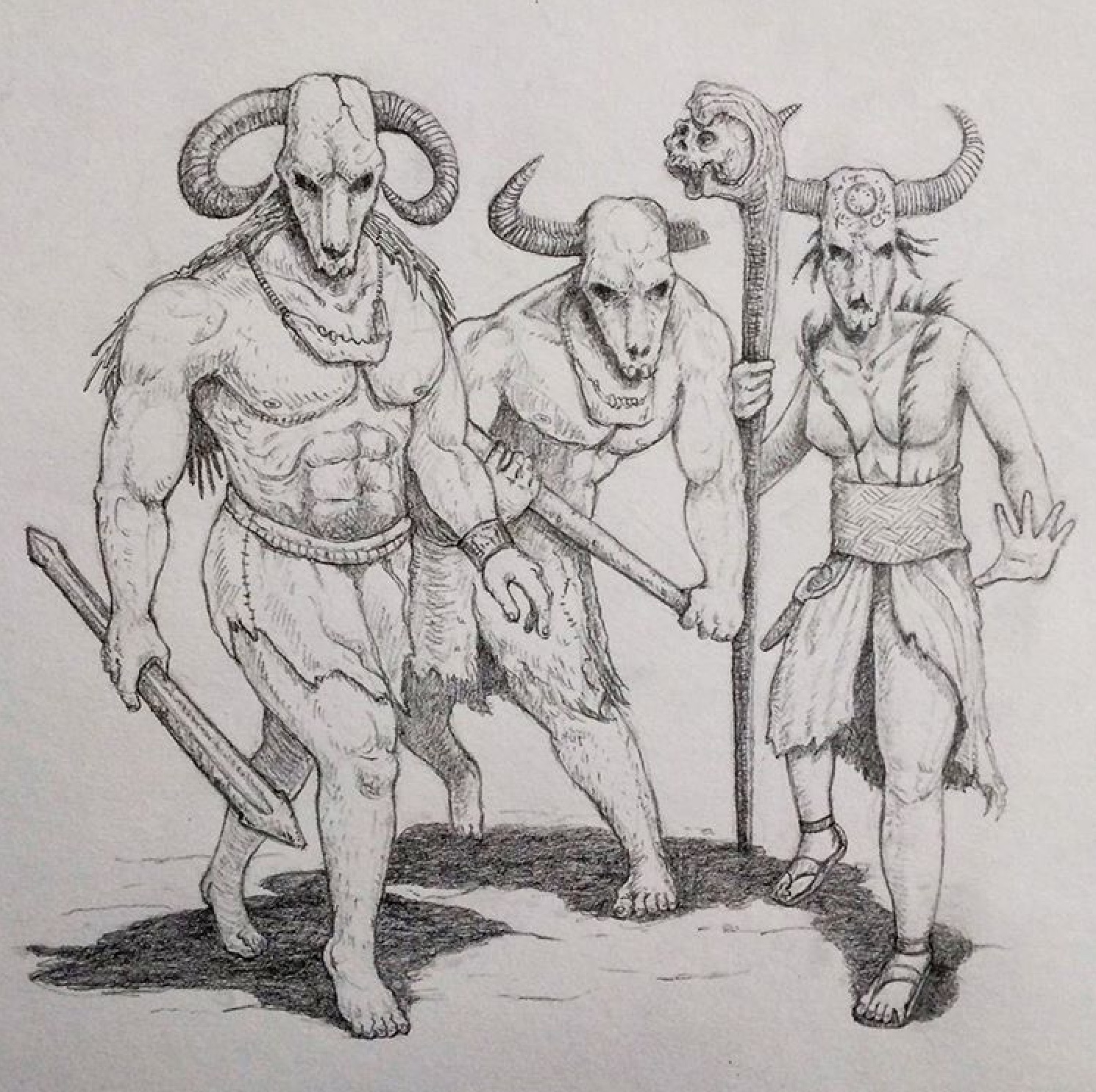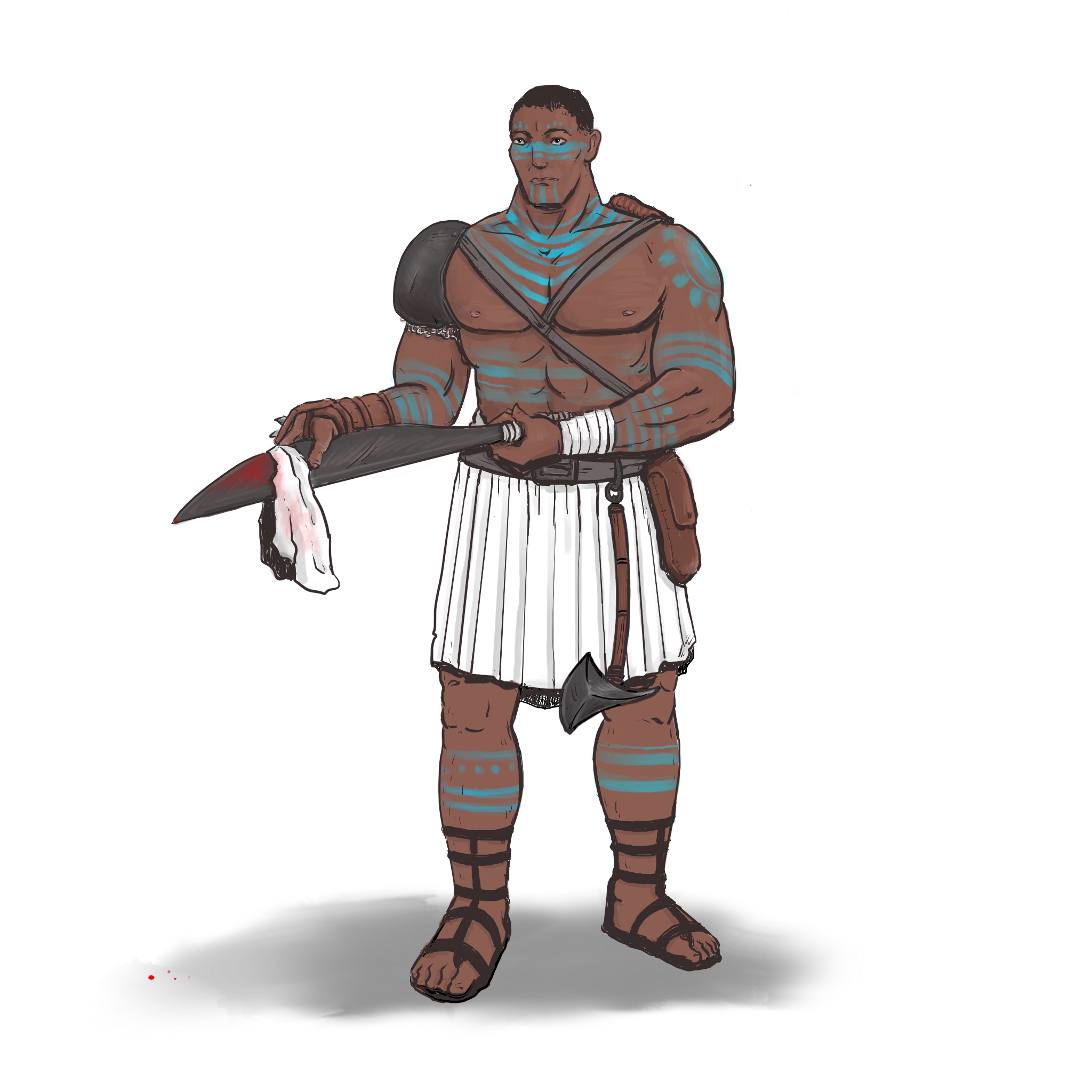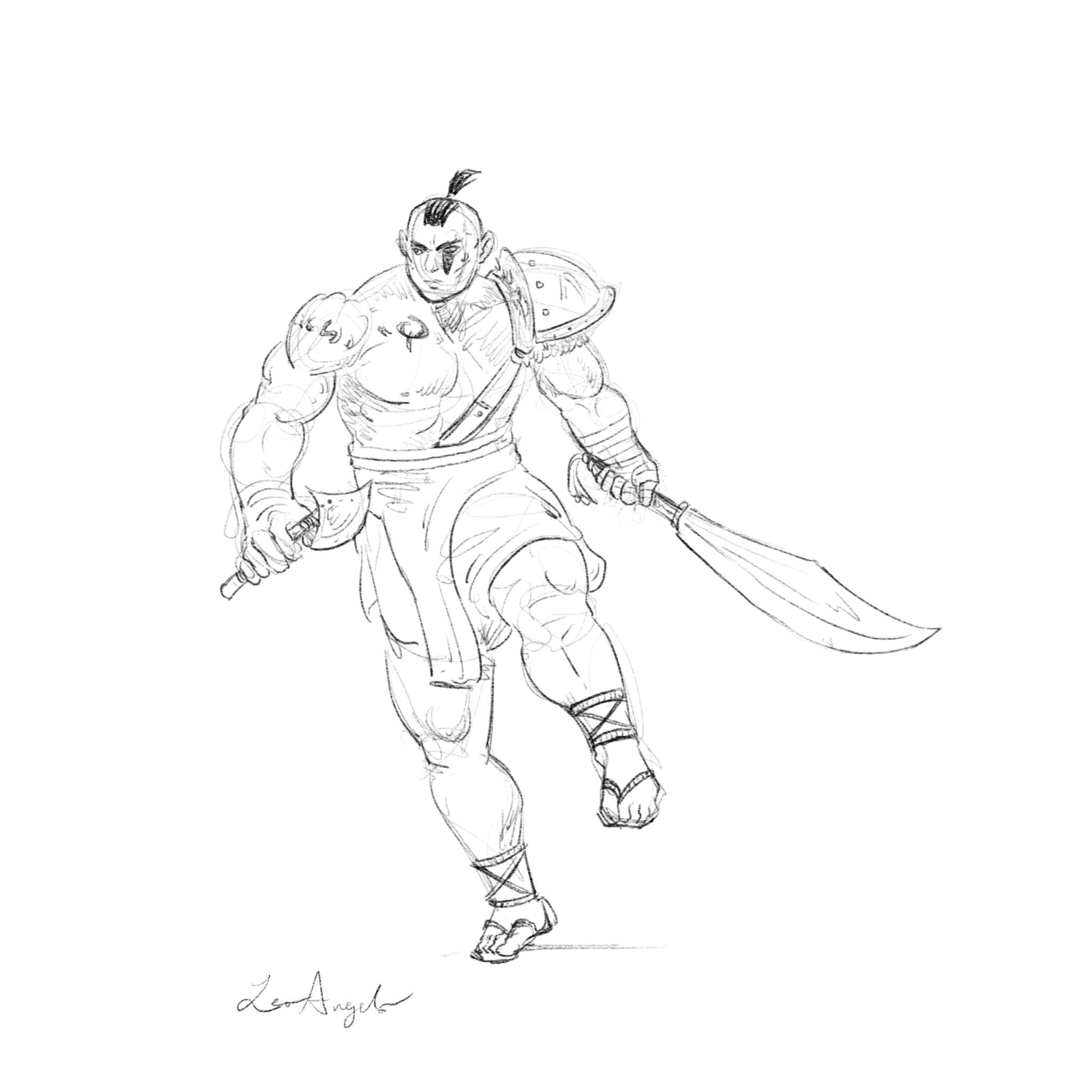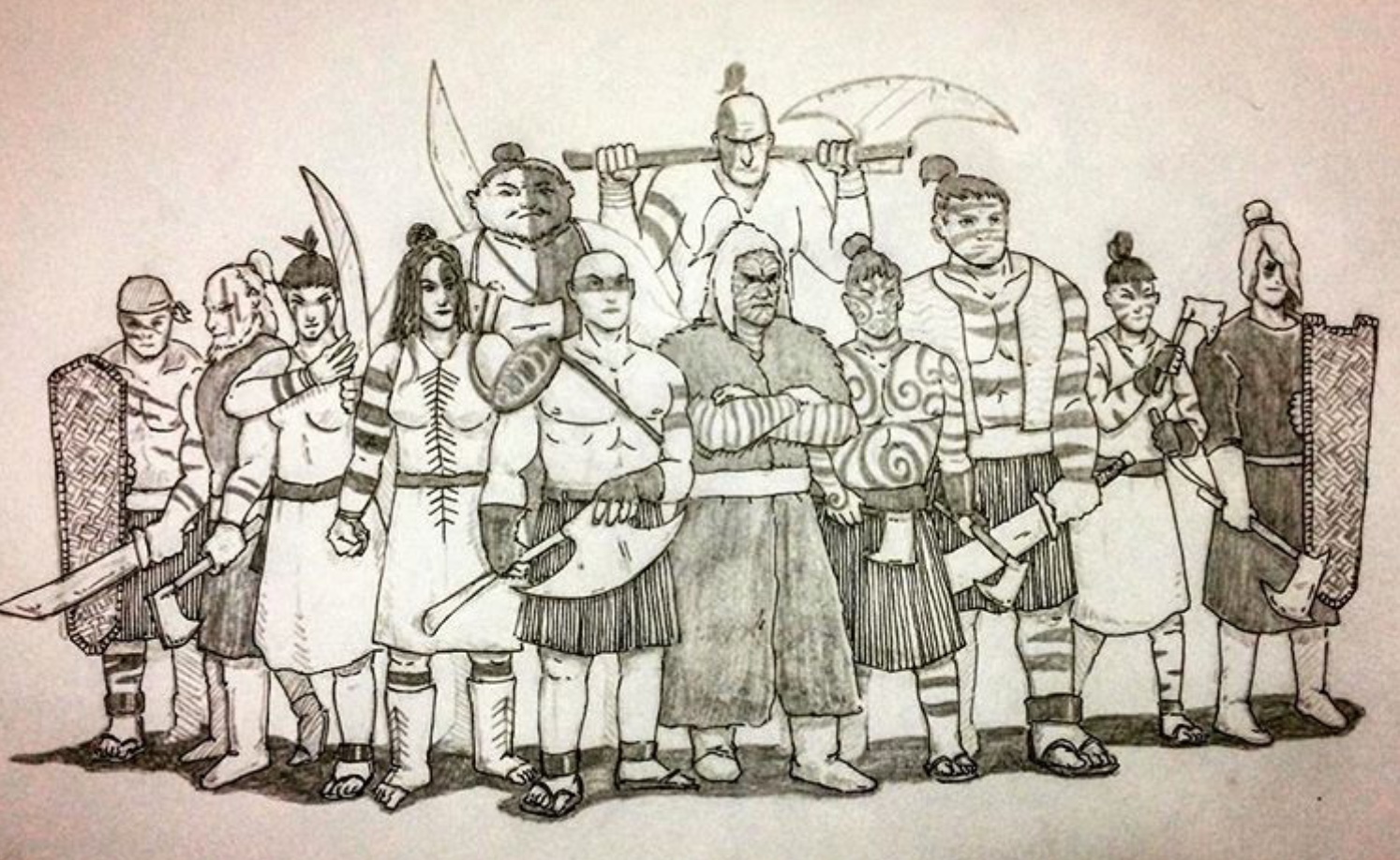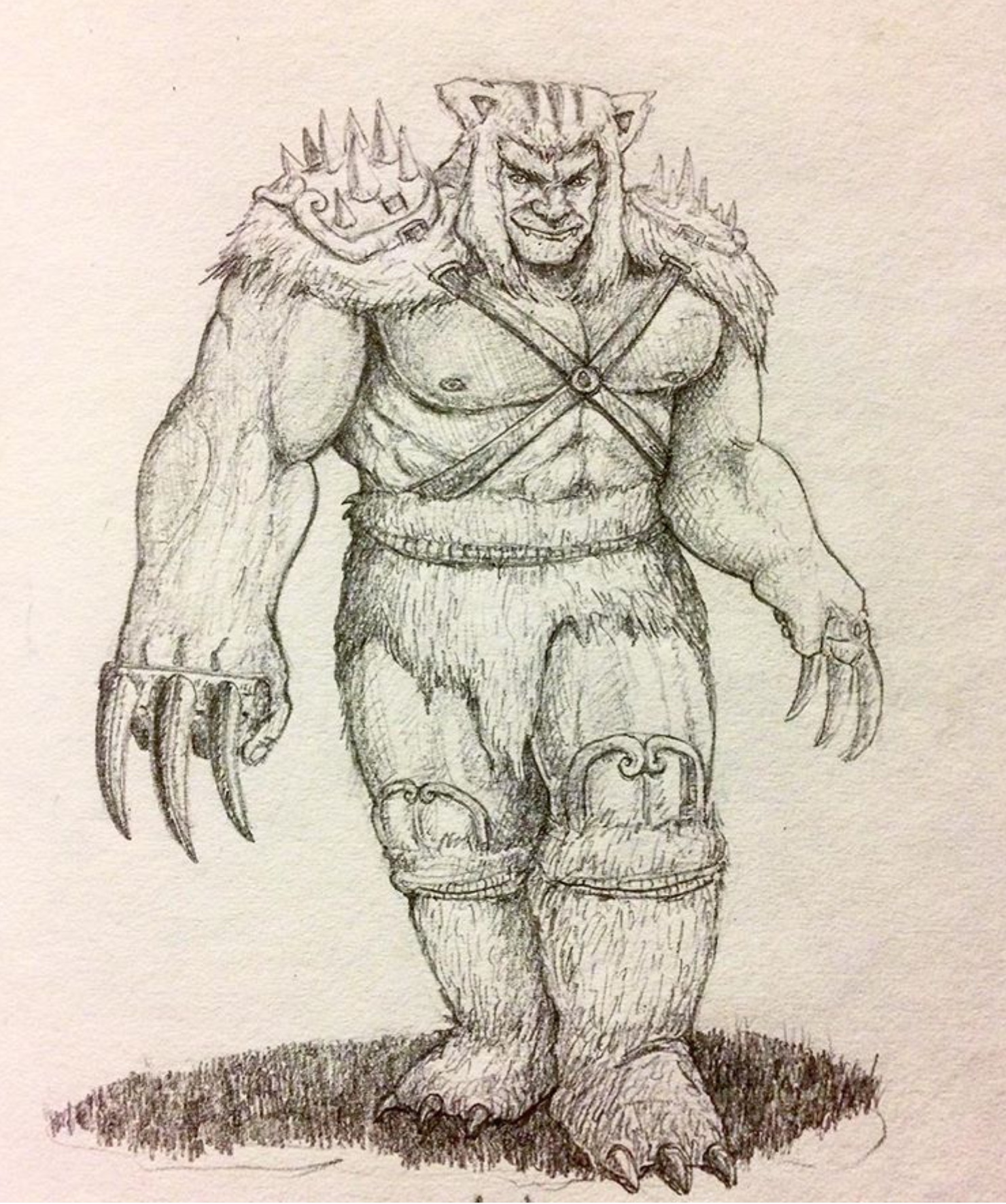There are many types of Tao with varying cultures and beliefs. The Three Towns are also called Tatlo because the main areas of Alnasl, Warida, and Nushaba were once small village towns and were called as such before they became great cities. (Still in progress)
A lot of Tao structures in barangays (villages) are made of wood and bamboo such as these kubo. BBQ and rice wine at an establishment by the coast is a welcome sight to many sailors.
–
–
Bayan (kingdom)
The main Tao settlements in Agerioth are Warida: which is a great walled city by the west coast, Nushaba: a large trading outpost with skilled craftspeople on the outskirts of the jungle to the east, and Alnasl: that sits on fertile terraces in the south; These main settlements are called Tatlo. There are also wild tribes of Tao further east in the boondocks (inaccessible and perilous terrain in deep jungle) such as the savage head-hunting Wakwaks or the powerful Painted highlanders who share the mountains with great beasts. The enigmatic Nagini of the north are considered as Tao themselves, but they say they have serpent’s blood. Their culture is sophisticated and strong, but in decline and their ancient empire’s ruins are scattered across many surrounding islands.
–
–
Color matters. Blue dyes are more common, red is an important class distinction among three groups. Purple dyes are expensive, but is more of an individual show of wealth rather than an overall cultural signifier. Certain color arrangements distinctly mark which clan or group a Tao is from.
–
–
The Tao have hierarchies where the Lakan is chief among a specific clan and hosts a number of Bagani (Warriors). The Lakan are ruler of their own clans and village towns that are called Barangay, but they operate under a ruler called a Hari who the Lakan are honorbound to. The Hari rules over large territories called Bayan and multiple clans.
–
–
The Bagani are the warrior class and the military branch of the Tatlo. Most Bagani come from a family tradition of sending their first born to serve in the army and it is considered an honor. The warriors wear a mobile armor that is made of sturdy pieces of plate woven with chain into a shirt; ornate sharks are sometimes engraved on the plate (depending on the wealth of the family). On their heads they wear finned crest helmets strapped to the chin. They are equipped with sword, round shield, and spear. The Bagani are charged with protecting Nushaba, Alnasl, and Warida (Tatlo) on land or at sea and they take orders from their Lakan.
–
–
The Kulam priestess serves as spiritual advisor, doctor, strategist, cartographer, botanist and is free to roam as she pleases within the Tatlo’s many Barangay and Bayan. They employ a type of alchemical magic using spices, earth, and fire.
–
–
Warida is a rich Bayan and functions as a thalassocracy held by many powerful Lakan. Since Warida’s power is in their large navy which then affords control of many trade routes the Bayan has become very rich. Many flock to Warida for work and a better life.
–
–
Alipin are the lowest social class in Tao society. They are either servants who work to pay the gold that they owe or they are slaves of war which are typically permanent unless their master frees them.
–
–
The peace in most ports are maintained by allowing a duel to be overseen by the guards. The duels are typically without arms and the first to fall on their back loses. The event allows the combatants to release their anger, it provides citizens with entertainment, and produces less fatalities.
–
–
Opulent lifestyles and problematic Lakan family strife is at an abundance in Warida.
–
–
The Tao love to dance.
–
–
The people of Alnasl are traditional and stick to old ways.
–
–
(A story that most Tao know)
There once was two brothers who set out to sea named Dol and Gul. Before setting out, Gul was told by an old priest that if they didn’t turn back before it got dark tonight that the brothers would drift into the underworld. This was troubling news, however he did not dare to tell his brother Dol who was not superstitious. The two caught many fish and lost track of time, both became very tired. Dol paddled onward, but Gul paddled backward. A storm looked like it was fast approaching. The brothers argued, Dol reasoned that there was a closer island ahead, but Gul urged his brother to go back in fear of the priest’s prophecy. The brothers wasted their strength paddling in different directions and was swallowed by the storm.
–
–
There are three main Bayan: Warida, Nushaba, and Alnasl which are called Tatlo and sometimes called Three Towns. There are various villagers, merchants, and clans that travel from Bayan to Bayan. There are also many obscure villages all around the continent. (Like below)
–
–
The Elder Margos who owns most of Tolos thinks of himself as a great man and loved by his people because of his accumulated wealth. The Tolos villagers who struggle to live think differently of their elder who used his station to get richer while they became poorer and view Margos as a faineant leader among other things. Though Margos is lacking in respect he has much coin and large guards. Power and greed has a way of skewing one’s perception.
–
–
Thanks to Nusha’s diplomatic skills, she secured and united powerful alliances to the east which has helped her city prosper. The bayan of Nushaba is pretty diplomatic and secured allies to the east with the Asok clan and Painted highlanders.
–
–
The Nagini empire was an advanced and powerful civilization in their time. They are a matriarchal society who worship moon and snake deities. Their empire was spread vastly in the northern continent and some dozen islands. Unfortunately the last war with the Aswang one hundred years ago had decimated their population and the Nagini has not yet recovered
–
–
Mayari is the Empress of the Nagini people and the last of her bloodline. She is known to be a just leader and outlanders who have gazed upon her face say that she is the most beautiful young woman they have ever seen, despite her being hundreds of years old. Her empire is in ruins from a war with the Aswang, but her wise leadership and loyal retainers keep the remnants of her people faring well enough in the Bulak region (also known as the dead islands).
–
–
The Visha Kanya are the matriarchal ruling class of the Nagini Empire. Each Visha Kanya own land, ships, and command hundreds of Nagini soldiers under the Empress. The Nagini were once the most sophisticated and ancient civilization in the north, but now their temples are scattered in ruins from a devastating war with the Aswang one hundred years ago. What’s left of the Nagini cling to old traditions and very few have hope for a rebirth of the old empire. The Nagini Empire is in decline, but the reputation of Visha Kanya are not. Deadly, with poisonous blood, and infaust if one lays his eyes upon hers is the kind of stories that slip from the mouth of villagers from allover. The Visha Kanya display a graceful and agile style of fighting and can kill with just a scratch. They wear a light scale armor for protection and keep two poison coated knives strapped to their forearms. It has been quiet in the north, but rumors have it that the Visha Kanya are scouring the Dead Lands in hopes to find a way to resurrect their empire to its former glory.
–
–
It doesn’t take much to perish from a Nagini opponent as a scratch accompanied by lethal poison can finish anyone.
–
–
The Nagini Twin Scars are honor-guards and sworn soldiers of the Nagini Empire. They are chosen at a young age to become highly skilled fighters of a variety of martial weapons and are schooled in the arts of hebenon. Some secrets of their training include having their youth exposed to powerful poisons to become immune overtime. The Twin Scar becomes a scholar of poison their whole life and is allowed only to create poison he himself can endure when ingested, which gives them their monk like patience as it can take years to develop any kind of immunity. As a rights of passage, the Twin Scar depend on their fighting skills as well as their accumulated knowledge of poisons to survive in the Dead Lands. When or if they return, they coat their blades with their hebenon, joining the ranks as honored soldiers of the Empress. Nagini Twin Scar is not boastful, highly disciplined, and extremely deadly; it is said that the Twin Scar is content if his poison is potent as it represents his whole being. The Twin Scar’s enemy fear him because they offer two deaths, one of excruciating pain, or swift with a blade, and sometimes both.
–
–
The Nagini train often to become skilled and fast as spirits.
Wakwak are savage cannibals, and beast like. They inhabit the deep jungles to the far east and reside at the shadow of the great mountain. All Wakwak tribes are vastly different, however they all share in bizarre rituals; one of which that is common to all of the Wakwak peoples is head-hunting. The Wakwak headhunt because they believe they gain the soul of their enemies and also to gain rank in their own tribe. They are technologically inferior to the rest of the Tao (being geographically in the swamps with less resources) mainly using stone axes, obsidian knives, and clubs to hunt their prey or to make war.
–
–
The strongest Wakwak Clans are at home in the darkest and most inhospitable jungles or mangroves where terrible beasts live and grow to devour the weak. The Wakwak warriors wear a jawbone gorget necklace of their first kill. The younger Wakwak wear various animal jawbones to start from hunts while the senior Wakwak wear a rival warrior’s jawbone from war; the stronger the warrior the more prized the jawbone trophy. The Wakwak also believe they will gain protection by their deep gods through the fetish. Furthermore the jawbone necklaces that all Wakwak wear is a rough reminder to eat or be eaten.
–
–
Wakwak warriors take weapons from their fallen enemies as trophies.
–
–
There are unknown numbers of Wakwak clans as the number of nomads are as vast as there are leaves in the jungle and in part because Wakwak clans are formed so quickly by boastful young chiefs advocating for their many gods, glory, and war; they are decimated just as fast as leaves fall. Most of the more “civilized” chiefdoms and cities have no problems dispatching the club wielding savages who dare encroach on their settlements. The Wakwak chiefs eventually become political currency in dungeons and that story repeats time and again. The Bone Bagani are different, they have been biding their time, swallowing up other Wakwak clans and bolstering their numbers. There is a cunning and it’s hinted at their complex tactics never before seen in deep jungle tribes. Increased raids have been occurring on the roads of Nushaba, home to one of the strongest settlements on the continent. They are reported to appear in the night, wearing ox skull helms, and skittish villagers that live in the outskirts call them beast-men. Their numbers are unknown, their leader is unknown, also their intent is unknown. All we know is they are watching us in the night and what they wear on their heads.
-Chancellor Cailles of Warida
–
–
There are all kinds of Tao that live in the Boondock that are not barbarians even if they are labeled so by the coastal people. The Painted Clan may seem bruitish and rough highlanders, but their rough exterior masks a noble and sophisticated culture. They are built powerfully to survive their harsh jungle/mountain environment and they are colored in a mixture of vibrant markings that have them standing out from the Wak Wak tribes.
–
–
Many in the Tatlo call the Painted Clan savages as their short temper is well known and is a weakness in diplomacy, but no one complains when the Painted Clan use their innate ebullition in war to defend their barangay and bayan.
–
–
The crafty Asok Clan of the metal mountains and the wild Painted Clan of the twilight jungle at first became allies through necessity, but after countless battles they have forged a strong and lasting friendship between their peoples.
–
–
It is said that a dozen Painted Clan are equal to a hundred in battle.
–
–
Chief Bearcat rules the jungles to the southeast of the World Spine. He and his Catari warriors fly a banner of the dire cave lion. The Catari are said to have Kapre blood as they are large people even in Painted Clan standards. Chief Bearcat wears the pelt of a dire cave lion and is feared by his enemies and friends alike. He even receives tribute from the reclusive Asok Clan of the mountains. It is with luck that the Catari are preoccupied with the Wakwaks or the Catari might have turned their blades toward the outlying coastal settlements by now
